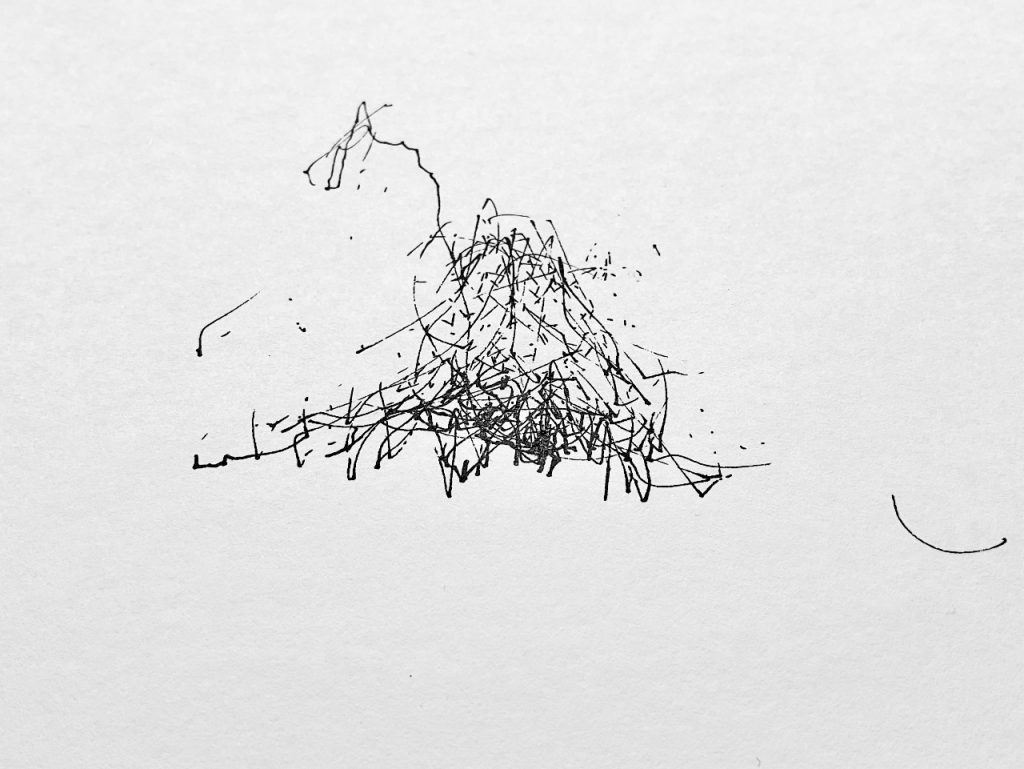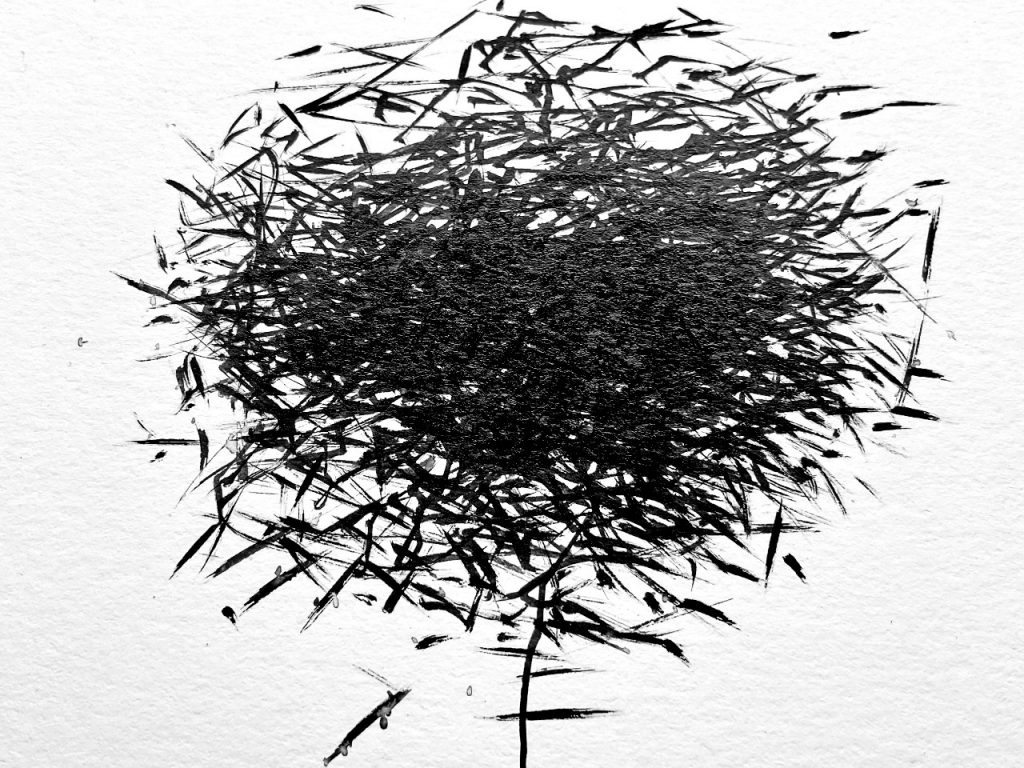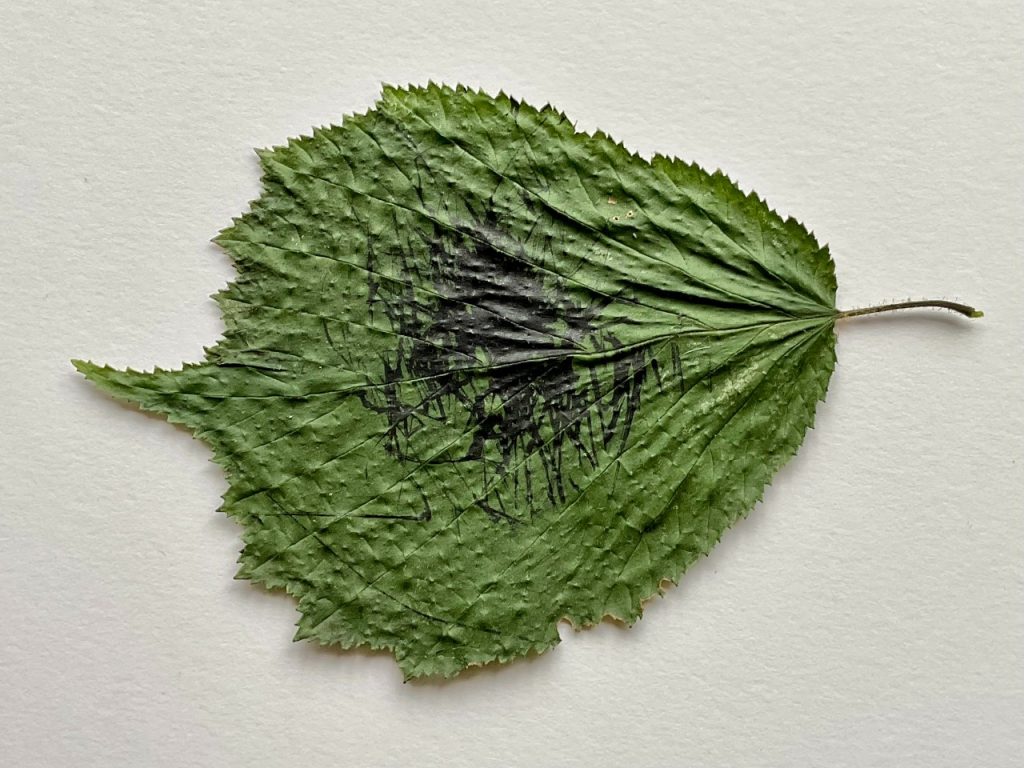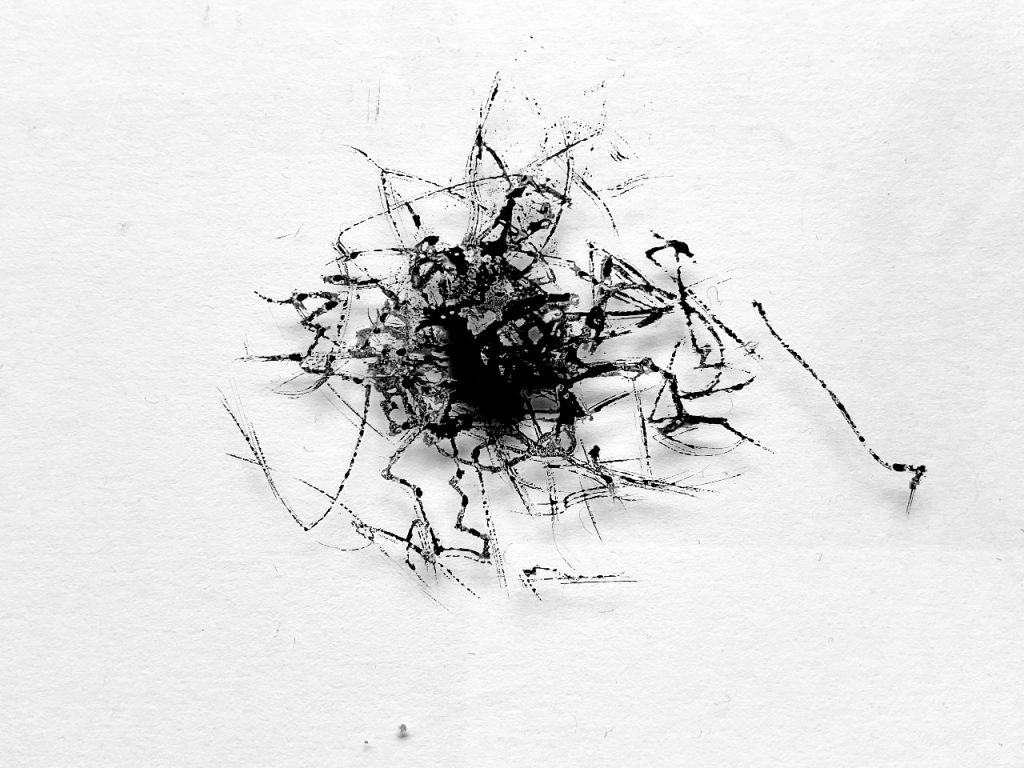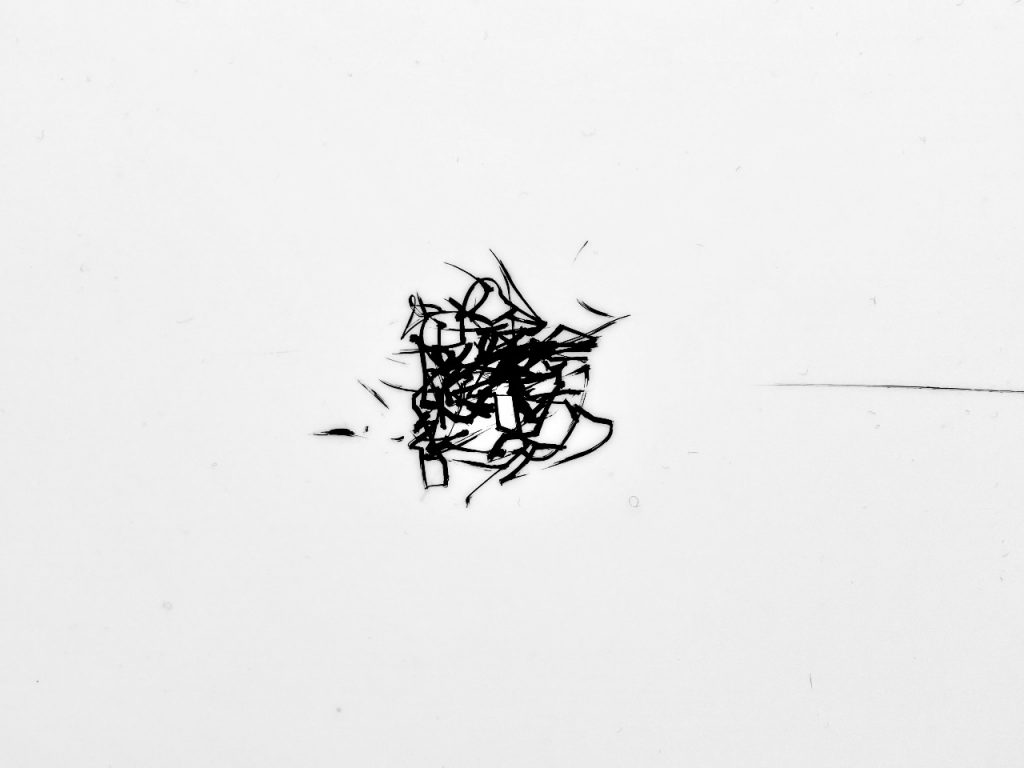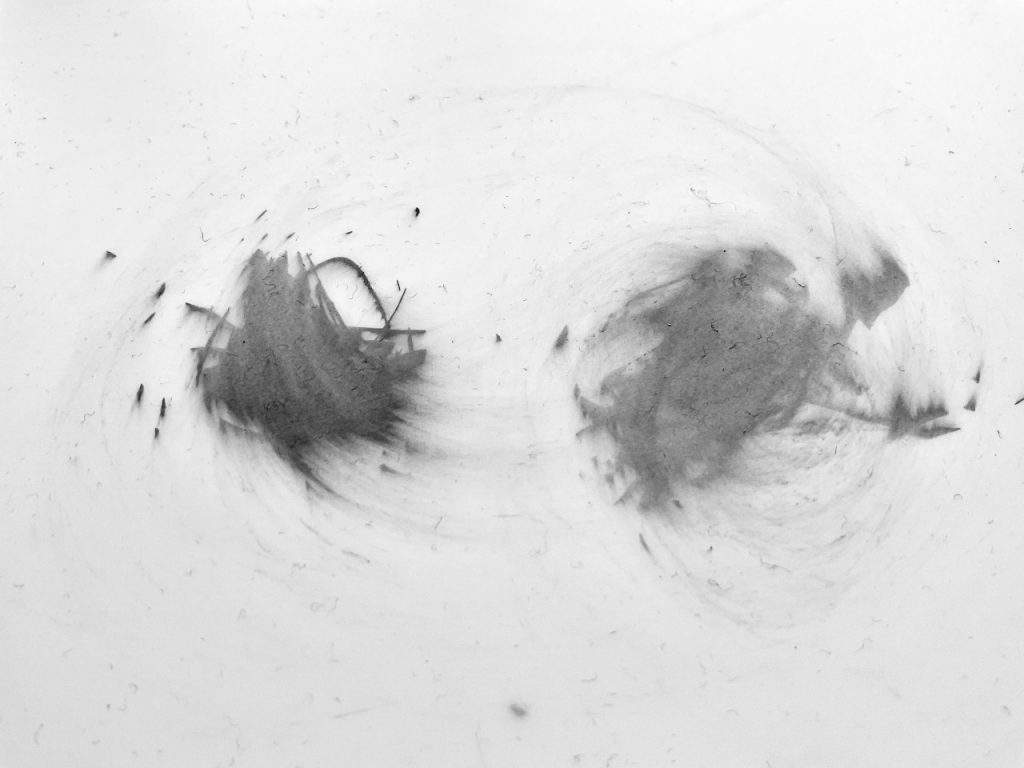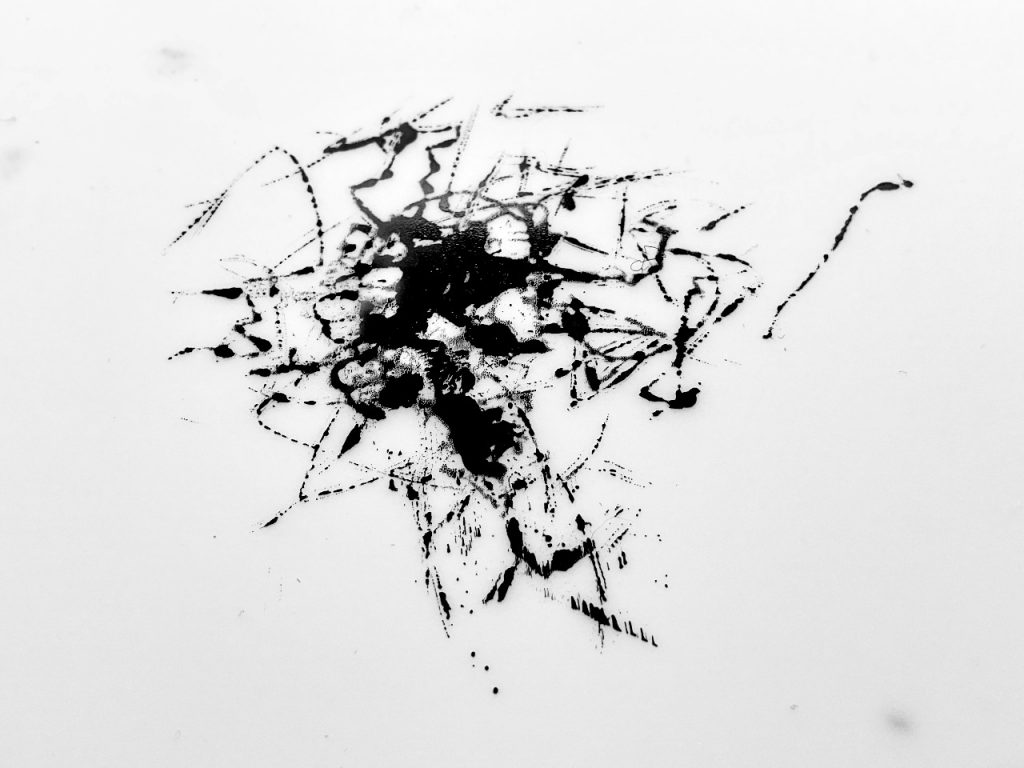a way to think about death and decomposition when it comes to 3D models. digital flys cover the bodies but they show no sign of decay, seemingly staying animated beyond their death
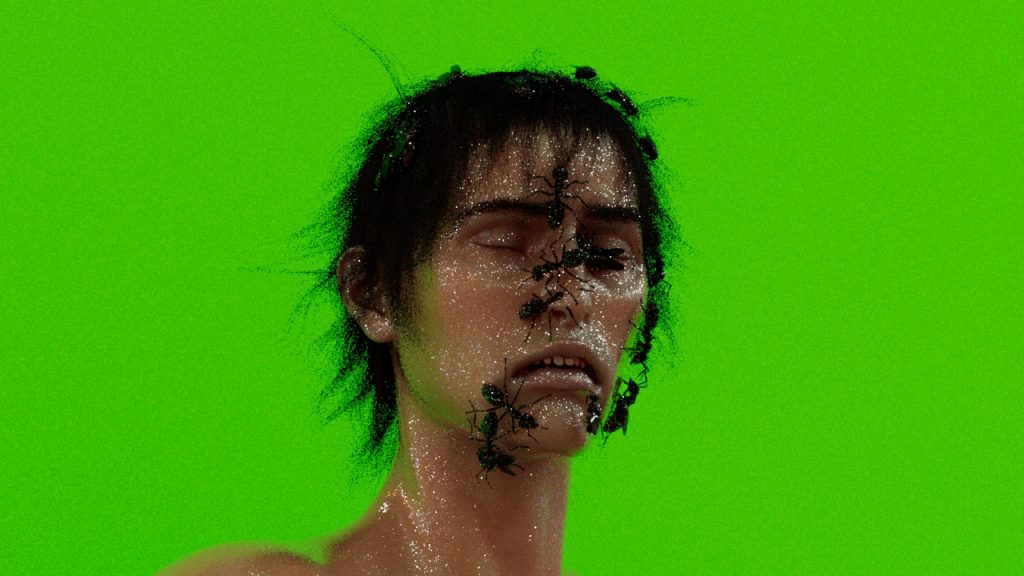
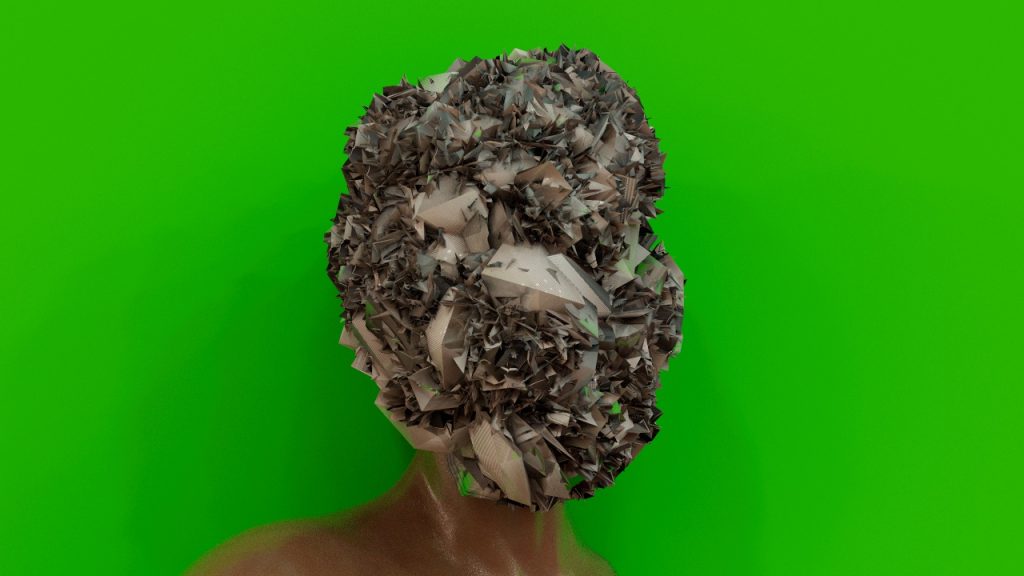
a way to think about death and decomposition when it comes to 3D models. digital flys cover the bodies but they show no sign of decay, seemingly staying animated beyond their death


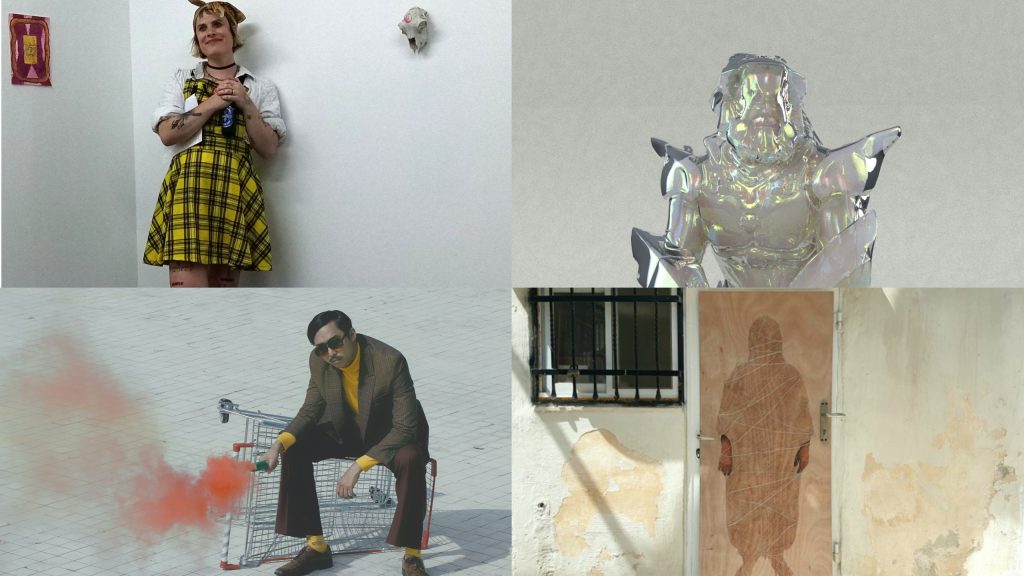
For the eighth Vital Capacities‘ residency, we partner with Film London Artists’ Moving Image Network (FLAMIN), Shubbak Festival, Videotage (Hong Kong) and Wysing Art Centre (Cambridge) to work with artists from Scotland, Northern Ireland, Palestine and Hong Kong. From 1 May, artists Bassam Issa, Sammy Paloma, Shaima Muhammad Ali and Su Hui-Yu & XTRUX will join Vital Capacities, to undertake research and develop new work. Working with our partners, they will explore and exchange new ideas using their studio spaces, and create new work throughout the residency.
The artists for May 2023’s residency are:
Bassam Issa works across digital animation, painting, sculpture, and textiles creating visions of resistance, transformation, and queer possibility. He completed a BA in Visual Art Practice from Dún Laoghaire Institute of Art, Design and Technology in 2016. Recent solo exhibitions include: IT’S DANGEROUS TO GO ALONE, TAKE THIS! The Douglas Hyde Gallery(2022) I AM ERROR, Gasworks, London (2021), and De La Warr Pavilion, Sussex (2022).
Sammy Paloma is an artist, poet and witch living in Shetland, on a croft by a beach, next to a bog, with 11 chickens. She paints, prints, tattoos, writes poetry, and makes computer games (with Uma Breakdown). Her work is into how divination disturbs linear time, grief rituals and necromancy. Her current obsession is the overlapping folklore and paranormal phenomena surrounding both boglands and crossroads.
Shaima Mohammad Ali is an artist from the destroyed village of Beit Thul in Palestine. She uses sculptural elements and video art to explore the liminal space between the personal and the collective, where it is a point of intersection and where it is a point of departure. She draws her inspiration from that which demands an interruption to the every day. Her art is political in that it refuses to take on a singular perspective, preferring to reflect the mixture and entwinement of politics in the day-to-day of the Palestinian individual through their life, hopes and dreams.
Su Hui-Yu & XTRUX – Su Hui-Yu is a Taipei based artist who has been working on his specific “Re-shooting” series which focuses on Taiwan’s colonial histories, martial law memory and body-politics for many years. XTRUX is a Taiwanese collective art founded in October 2020 with a number of creators whose works focus on new media art. Su and XTRUX have been cooperating on experimental projects since 2022.
Residencies will launch on 1 May 23 – find out what artists are up by joining our mailing list and following them on: vitalcapacities.com
May’s residency programme is delivered in partnership with Film London Artists’ Moving Image Network (FLAMIN), Shubbak Festival, Videotage (Hong Kong) and Wysing Art Centre, with support from Arts Council England.
Vital Capacities is an accessible, purpose-built digital residency space, that supports artists’ practice while engaging audiences with their work.
Vital Capacities has been created by videoclub in consultation with artists, digital inclusion specialist Sarah Pickthall and website designer Oli Pyle.
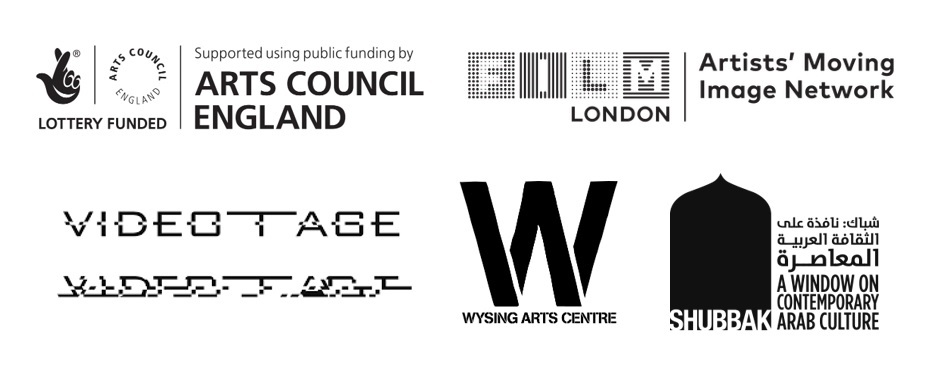
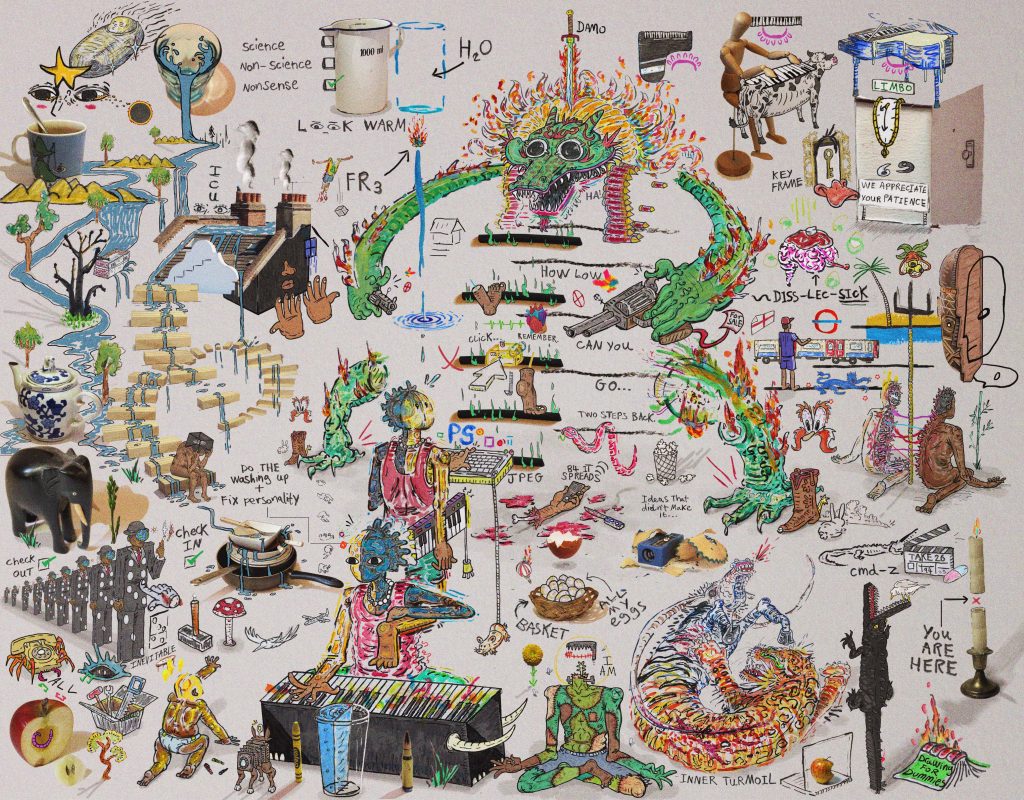
This piece “IN LIMBO” is the second in a series called “Thought Experiment”, a place in the mind similar to a blank page ready to be painted. Where logic is left behind and I simply put pencil to paper and work off instinct till reoccurring themes seem to show up on the page through imagery, telling me what’s on my subconscious mind. The short film I made that documents the process of creating the artwork began to merge with the artwork as the project went on. As both were trying to figure out what the project was about at its core while simultaneously working on them in real time. Realising both were to do with the relationship between images and words was a revelation. And made me realise what I’ve always hated and loved about trying to explain art is that things always feel left unsaid. As I get older I try and embrace this more, realising that explanations always feel incomplete because I see art as a universal visual language that communicates ideas and emotions which words don’t exist for. This project made me realised that I want my artwork to encourage people to stretch their own creativity, similar to a Spot The Difference or Where’s Wolly does for children. I enjoy making the viewer read the drawings and try to see how the images relate and connect using their own creativity. Even if that means seeing interpretations that I didn’t initially mean to be there.
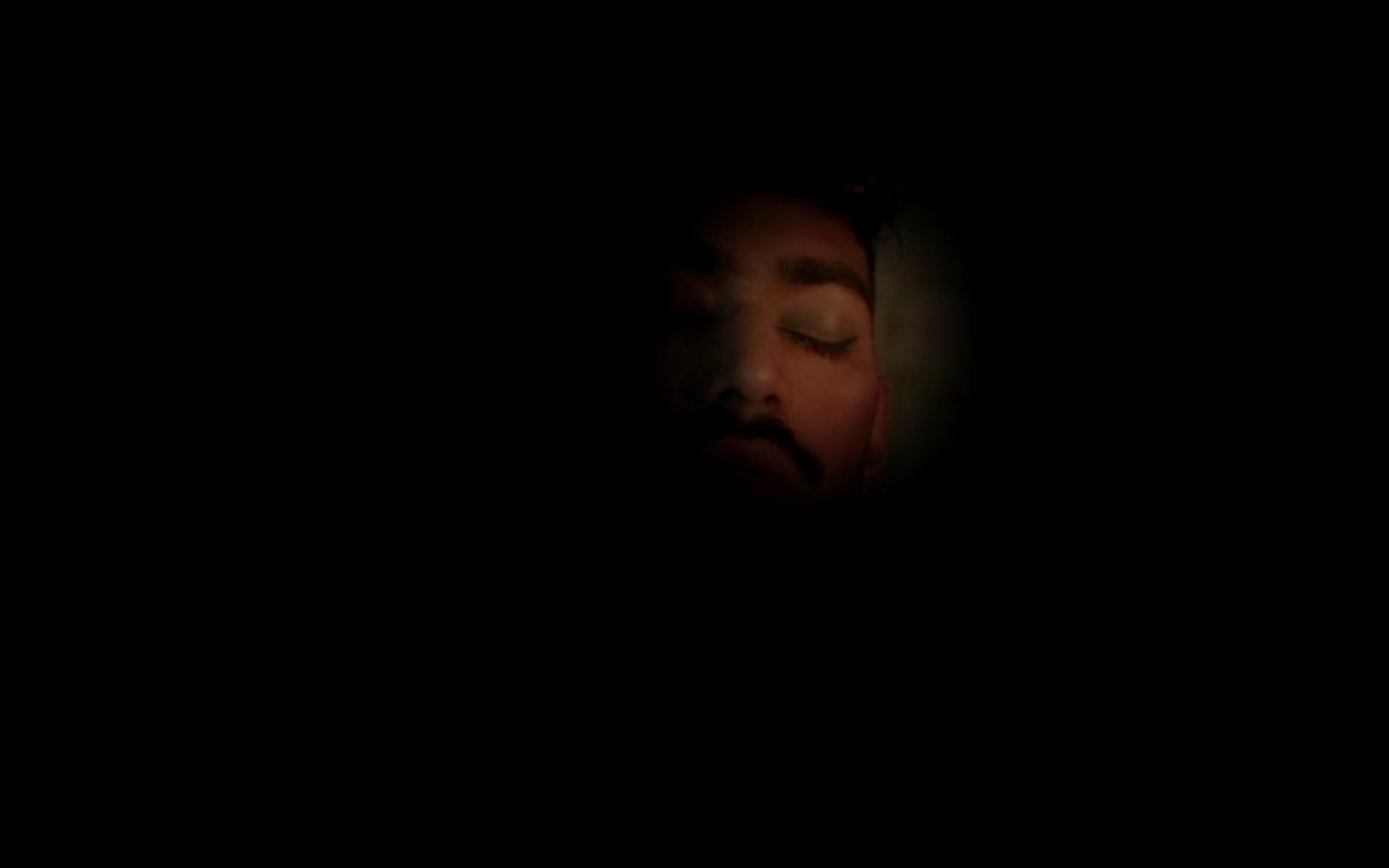
Hey, I’m Hamza welcome to my studio. I’m a self-taught multimedia artist and researcher. I’m an able-bodied male-conditioned, postcolonial person. My work is informed by continuous conversations with the people I love as much as any reading, listening and observing.
I’m using this residency to resume an investigation I started some time ago (before getting distracted by another project). Mark of My Departure (MOMD) is preoccupied with the South Asian diasporic experience. The centerpiece of the work is a 7 minute visual collage set to an original composition.
I will use the time afforded to me in the residency to continue the collection and tessellation of related postcolonial images and ideas. I am aiming to produce a supporting body of work so that the video is held within an expanded context.
When you step into my studio, you should smell my aunties homemade garam masala slowly infusing into fried onions on the stovetop. Poke around the work you find and if you have any questions or comments do not hesitate to leave them in the comments section.
Sending love,
Hamza
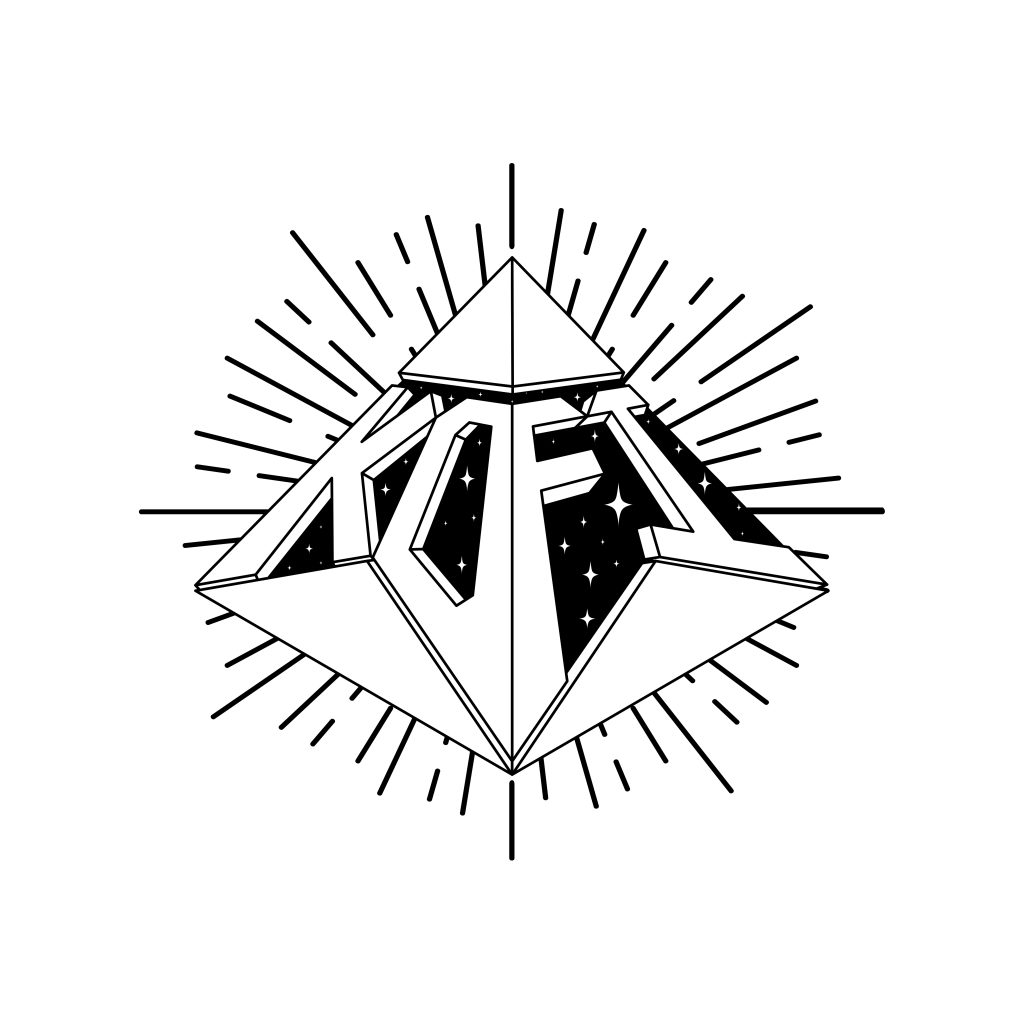
I am Amaqhawekazi Emafini Malamlela(She/They), a Ghanaian-South African multidisciplinary Artist. Welcome to my shrine. As an artist, what influences my work is the deep sense of spirituality, identity and sexuality.
Dance, Theatre, Performance Art, visual art and sound previously shaped the artwork I created. I am currently interested in exploring ideas of Space-Time and what it is to have a body and ritual as a process of creating sacred spaces. This residency is the opportunity to further experiment with film and how to translate sacred space onto digital platforms.
This is a sacred space where I will reinvigorate my creative practice, taking a leap on new concepts and digging deeper with research. I will share with you Trumu Fetish, an artwork dedicated to bringing forth a Transgender deity. Trumu Fetish is a multidisciplinary artwork building a world of faithfulness. Visual art is key to the longevity of the belief and the castration of patriarchal symbols. Durational Performance Art: through the body summon the spirit of the deity. And through literature give rise to intimate comprehension.
Please, take a moment and join me as I unpack my creative process with you. You can expect video, text, images and weekly updates throughout this residency. You are welcome to leave comments and questions. Again, welcome to my shrine.
If I told you that my name should be spelt Istabraq but that at the borders of this country, those deciding the status of my family using a language which struggles to identify it, didn’t have patience enough to actually say.my.name…
Would you believe me?
Estabrak. It’s official. I mean, English tongues can say it.
Iss-tub-bruq is how it’s pronounced. And A rough silk only found in heaven is it’s meaning.
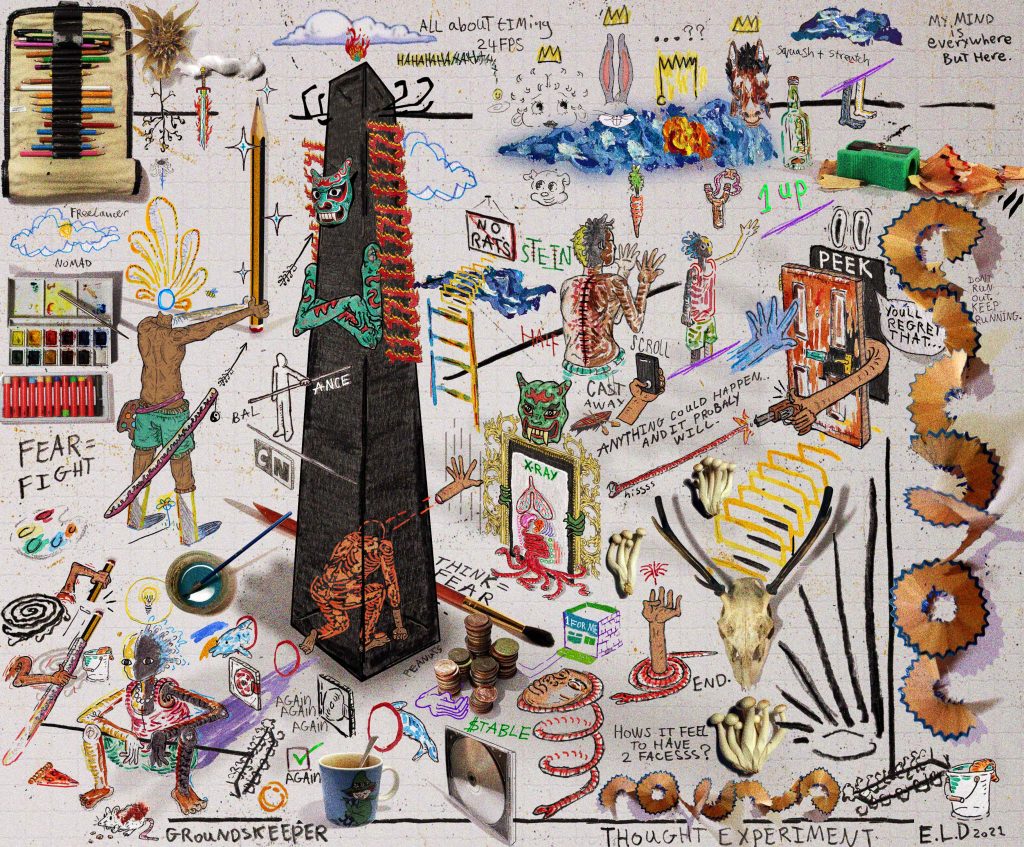
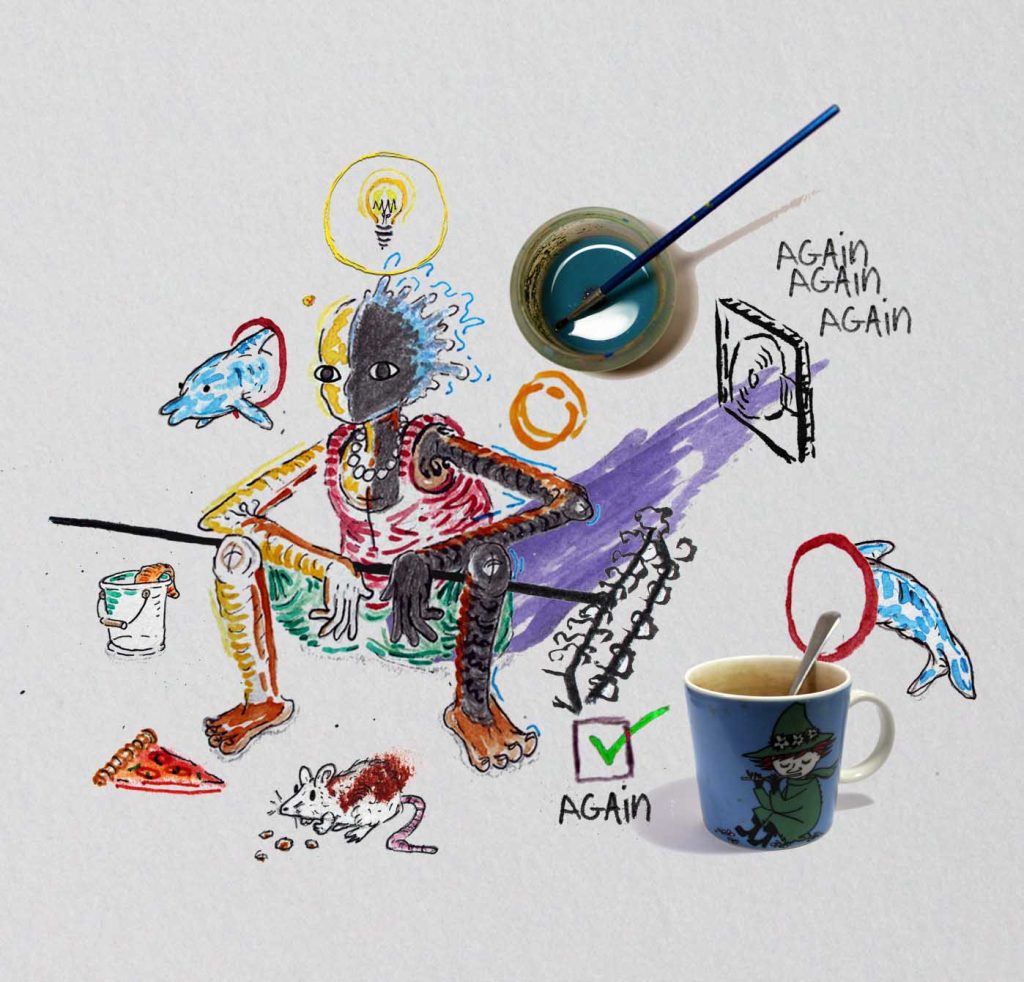
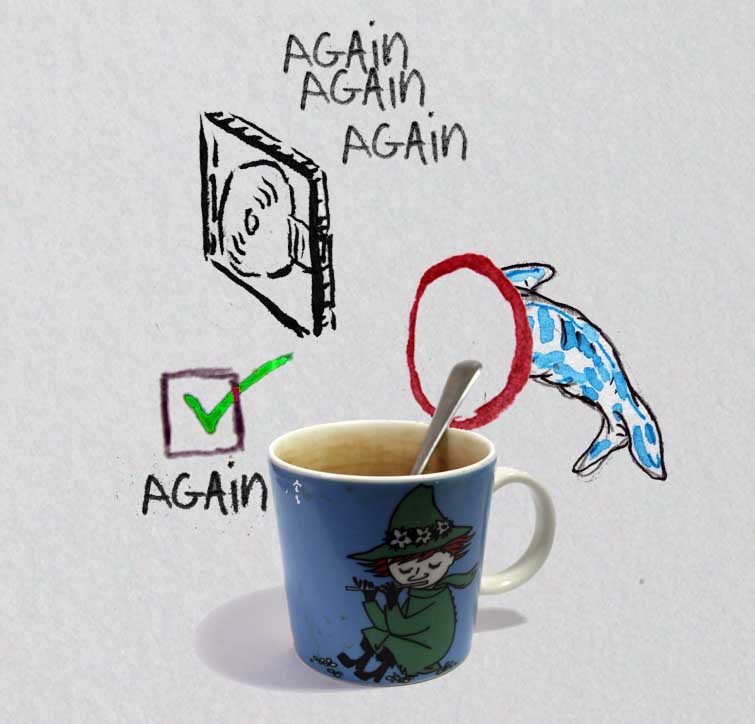
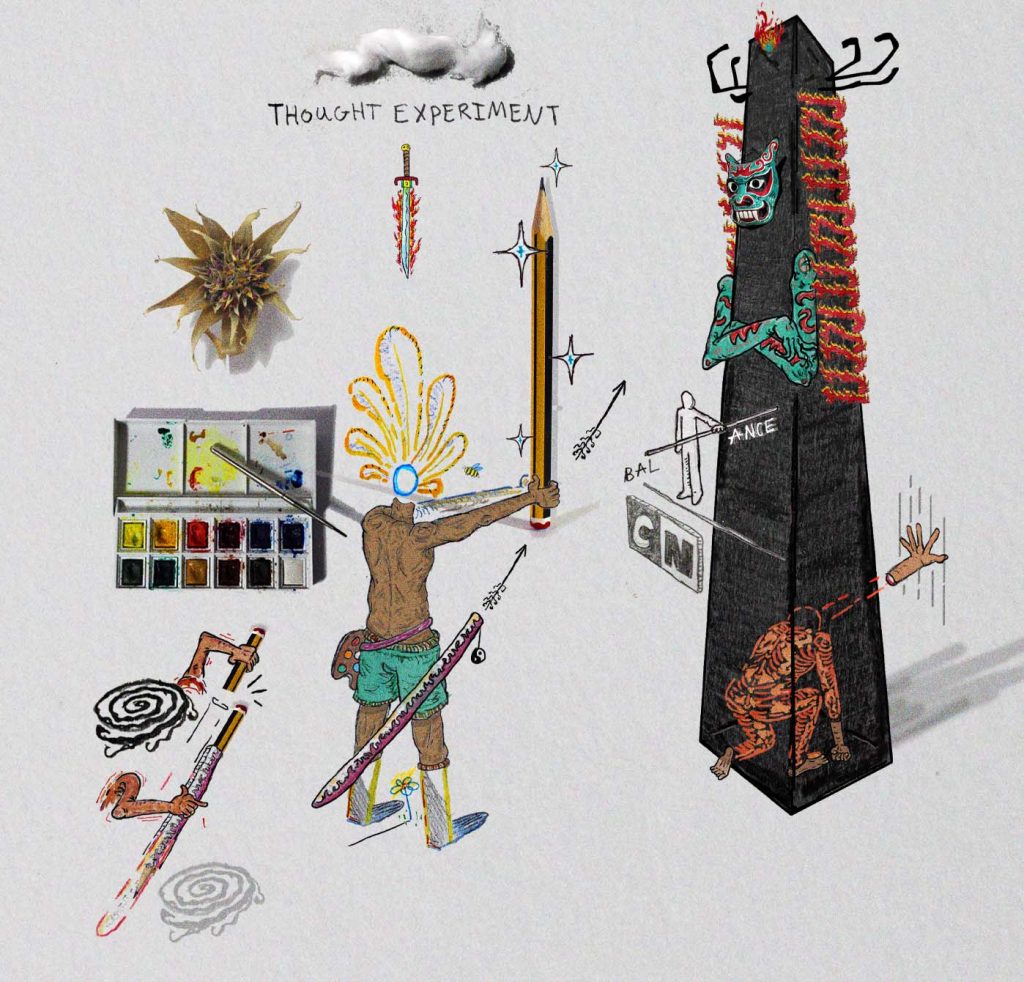

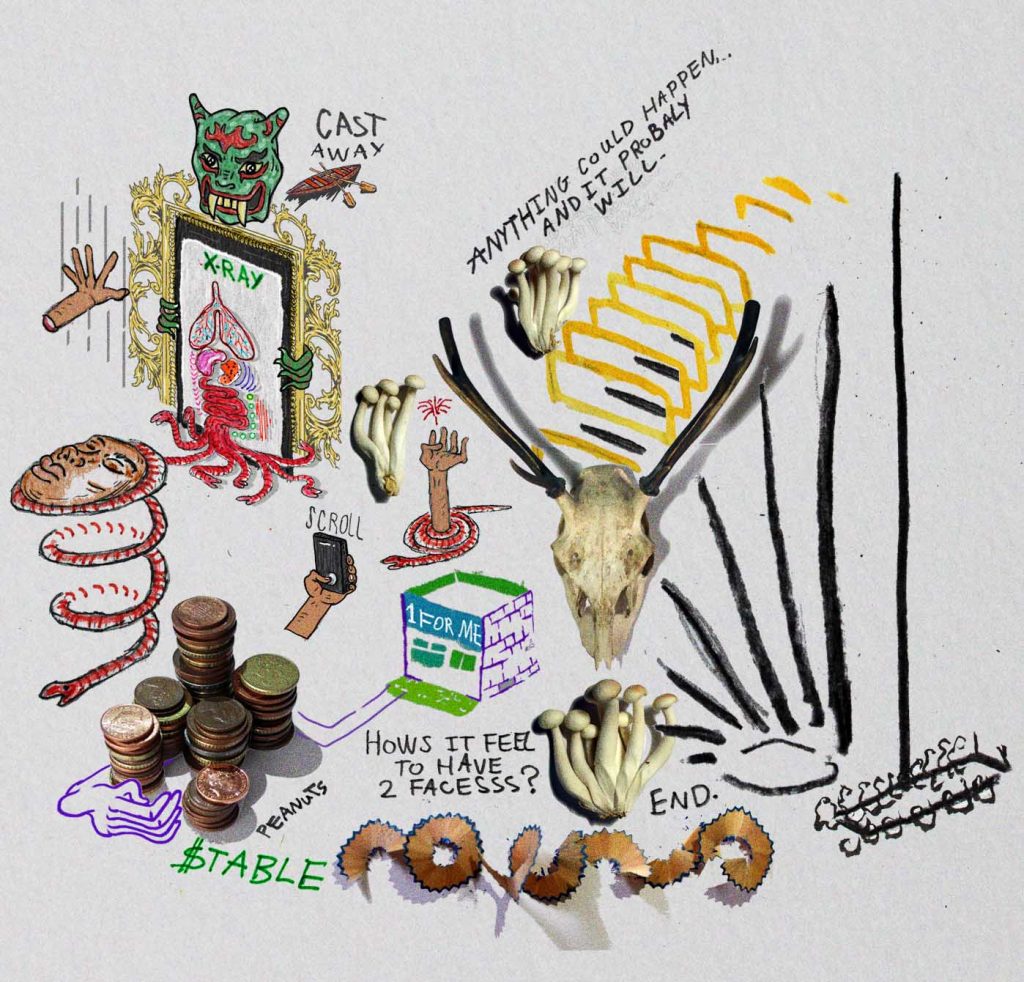
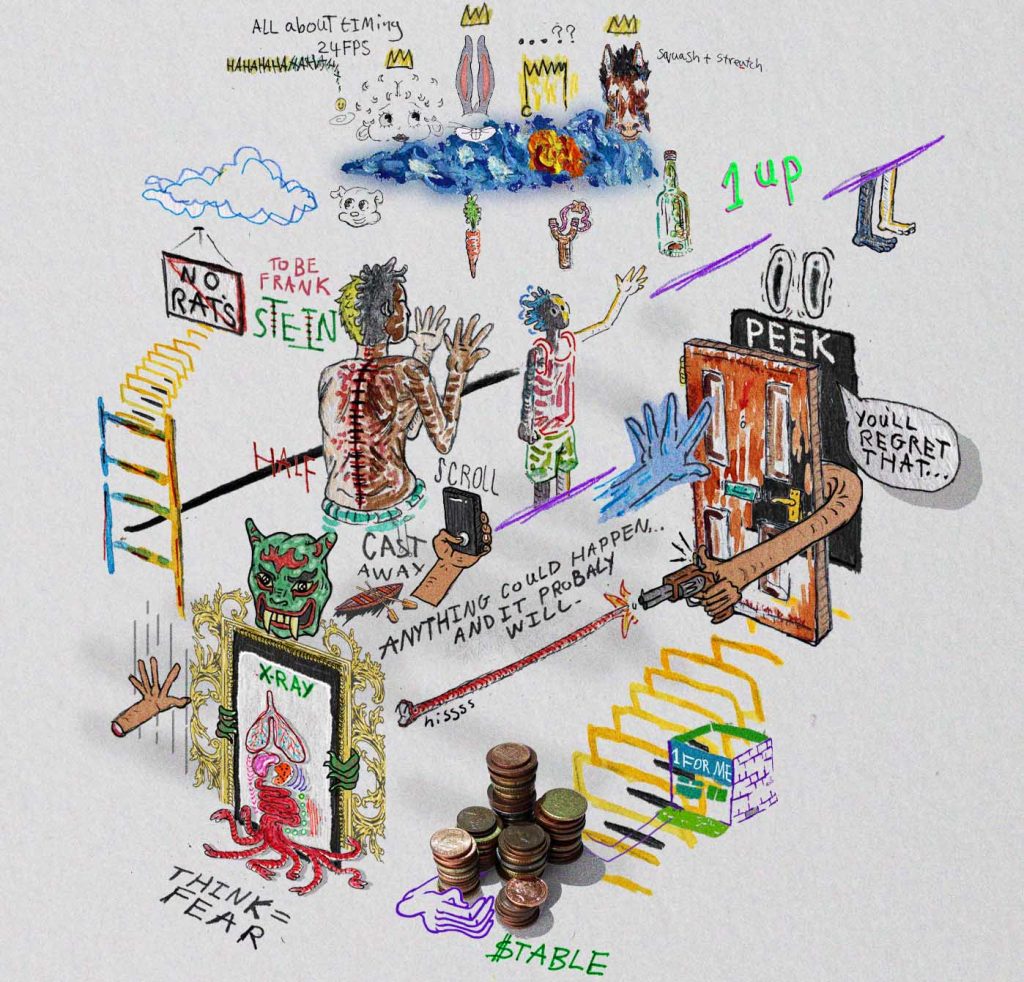
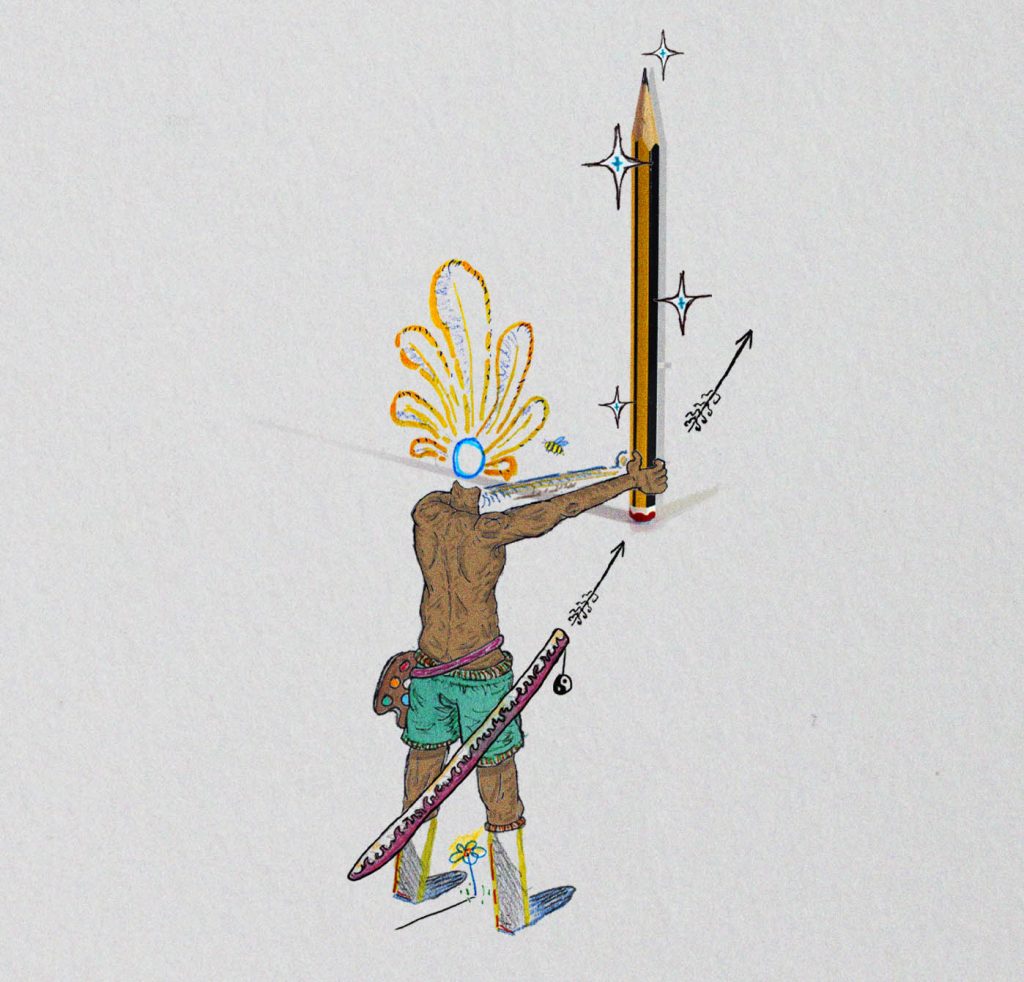
I am interested exploring darkroom printing with AR. Furthering on my work from the other week I’ve carried on exploring Anna Atkins cyanotype printed and edited them to create into an AR artwork.
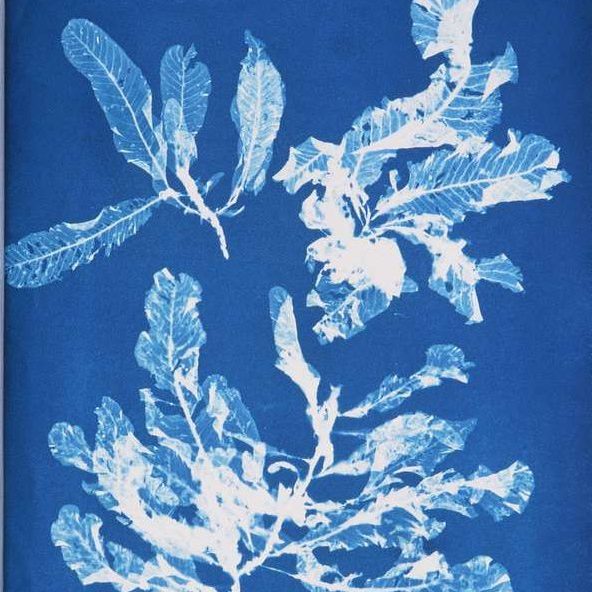
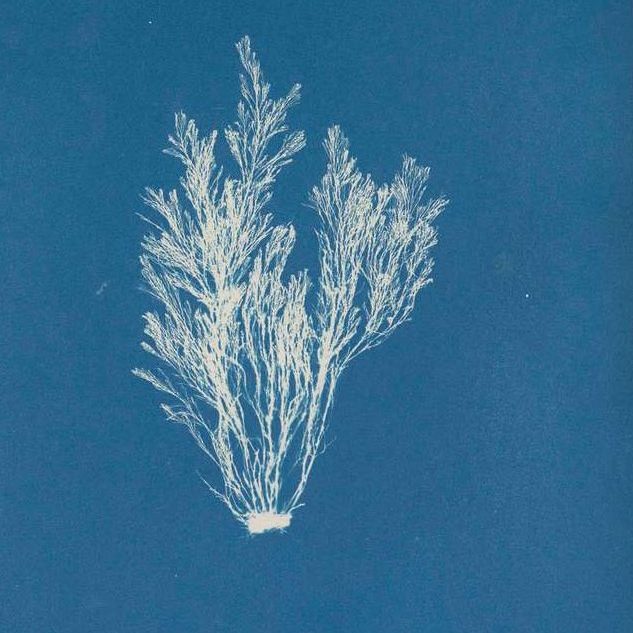
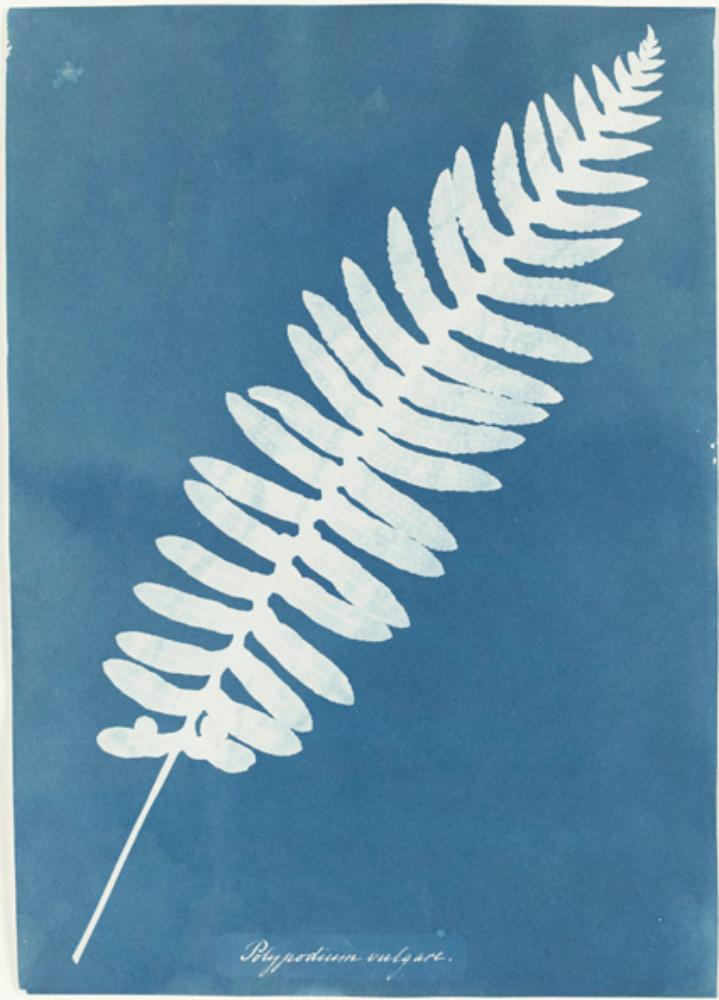
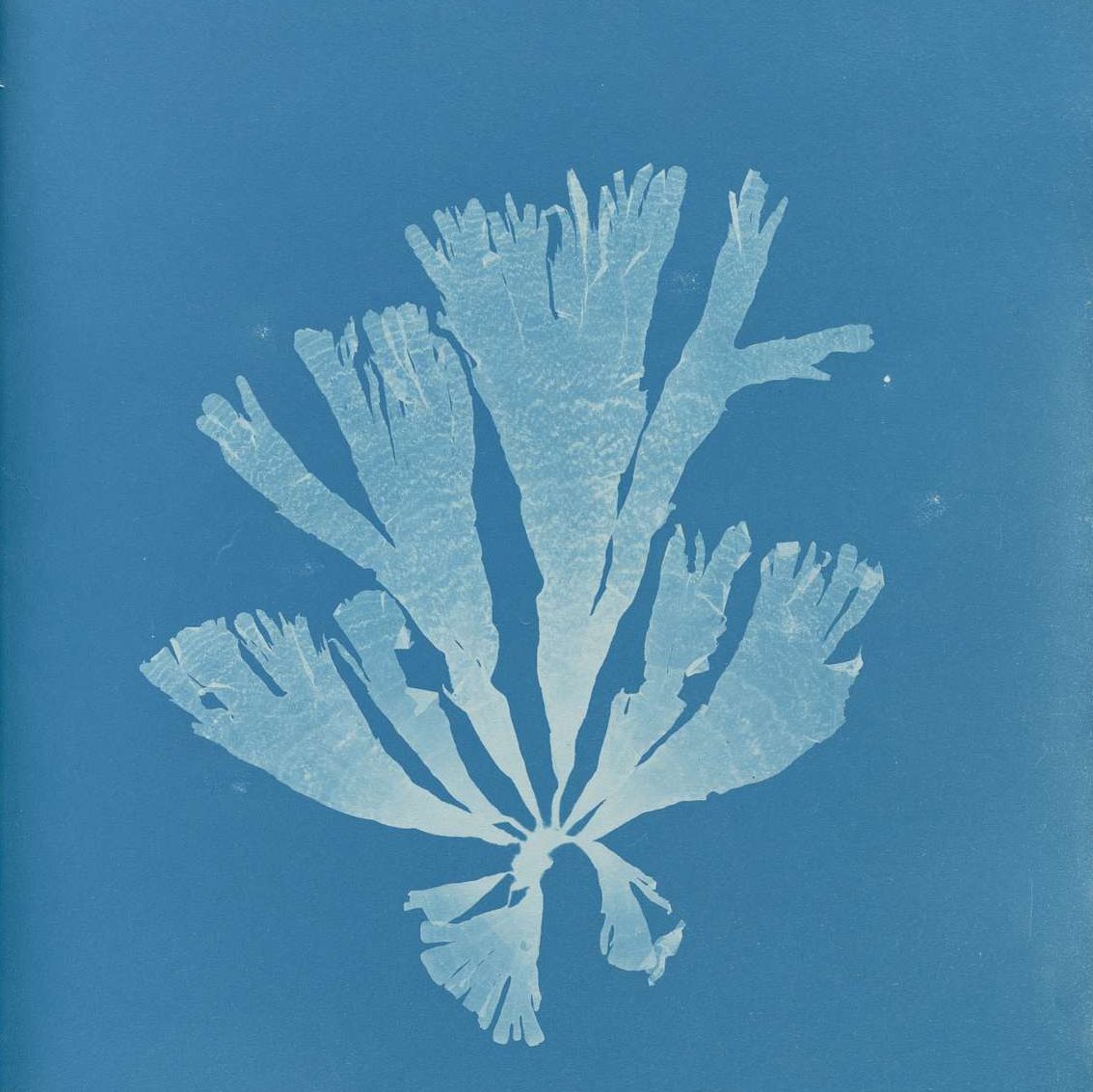
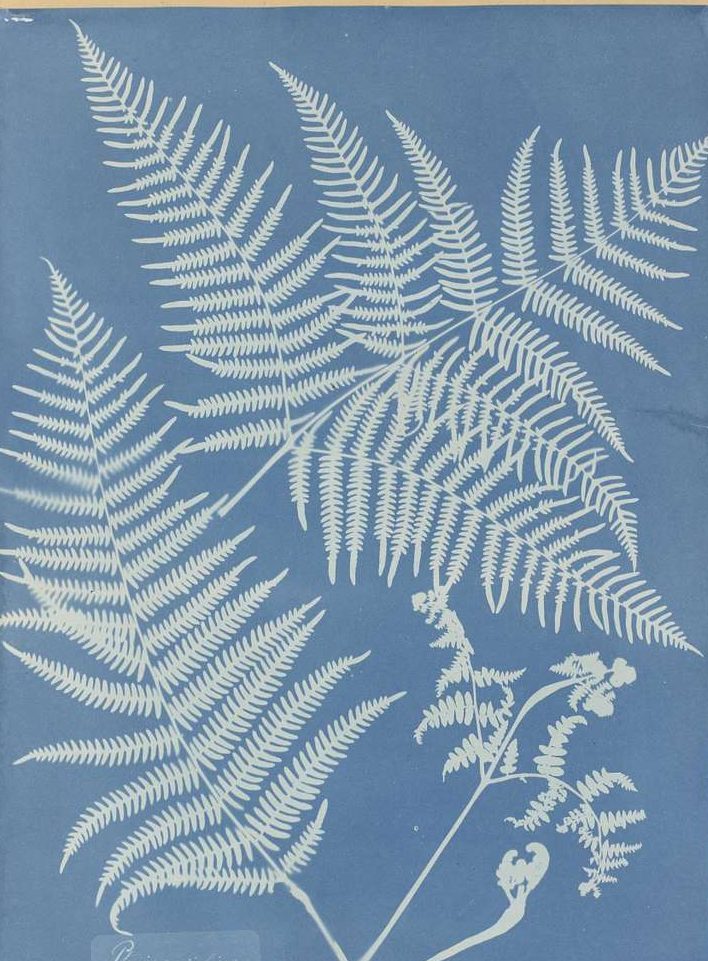
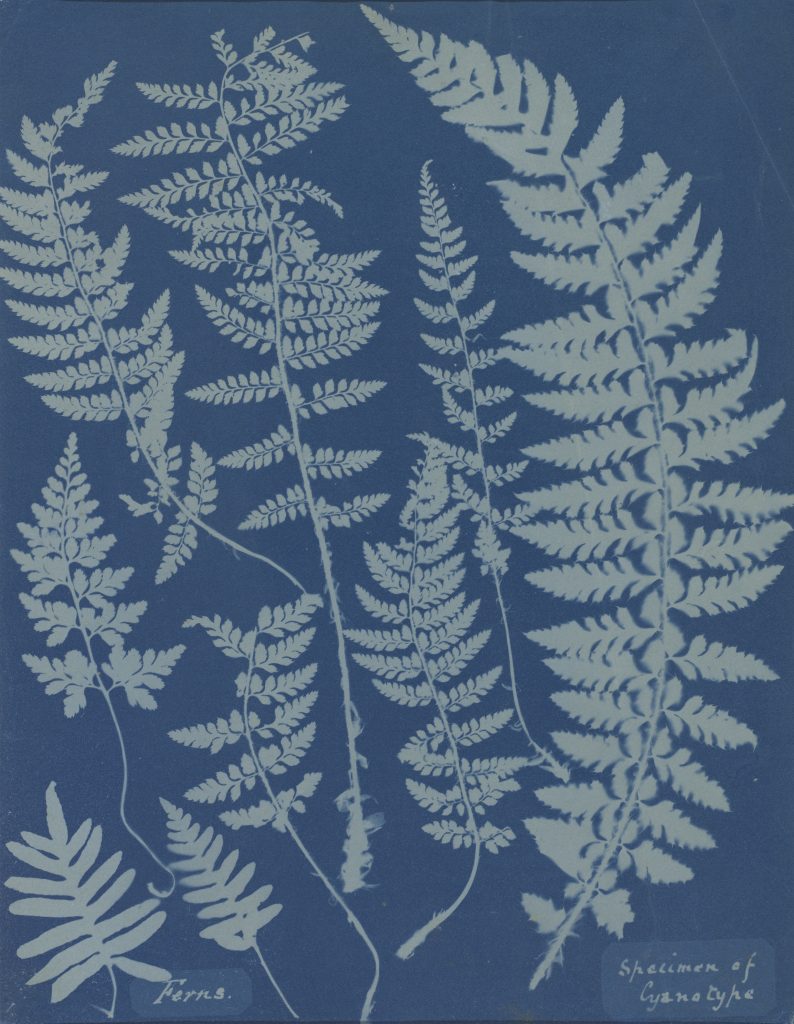
Scan the QR codes to see further AR works.
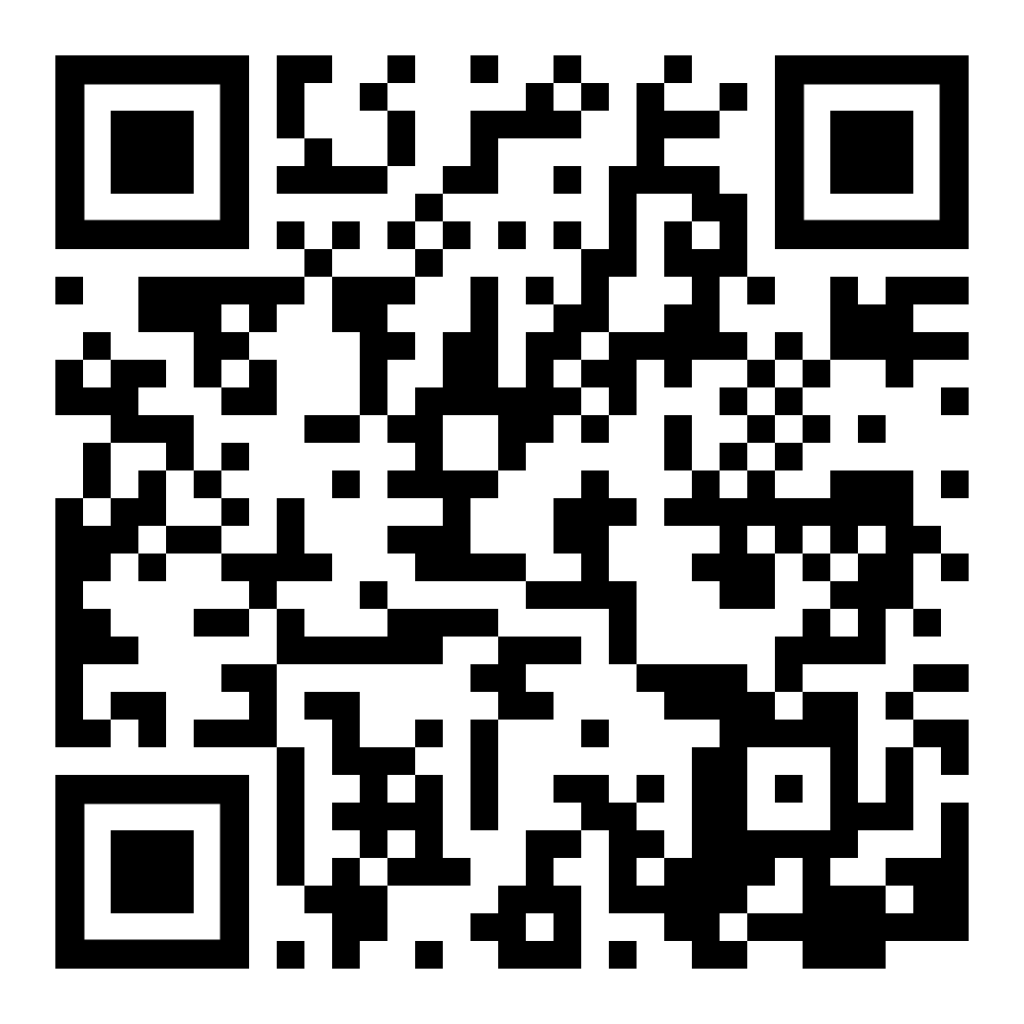
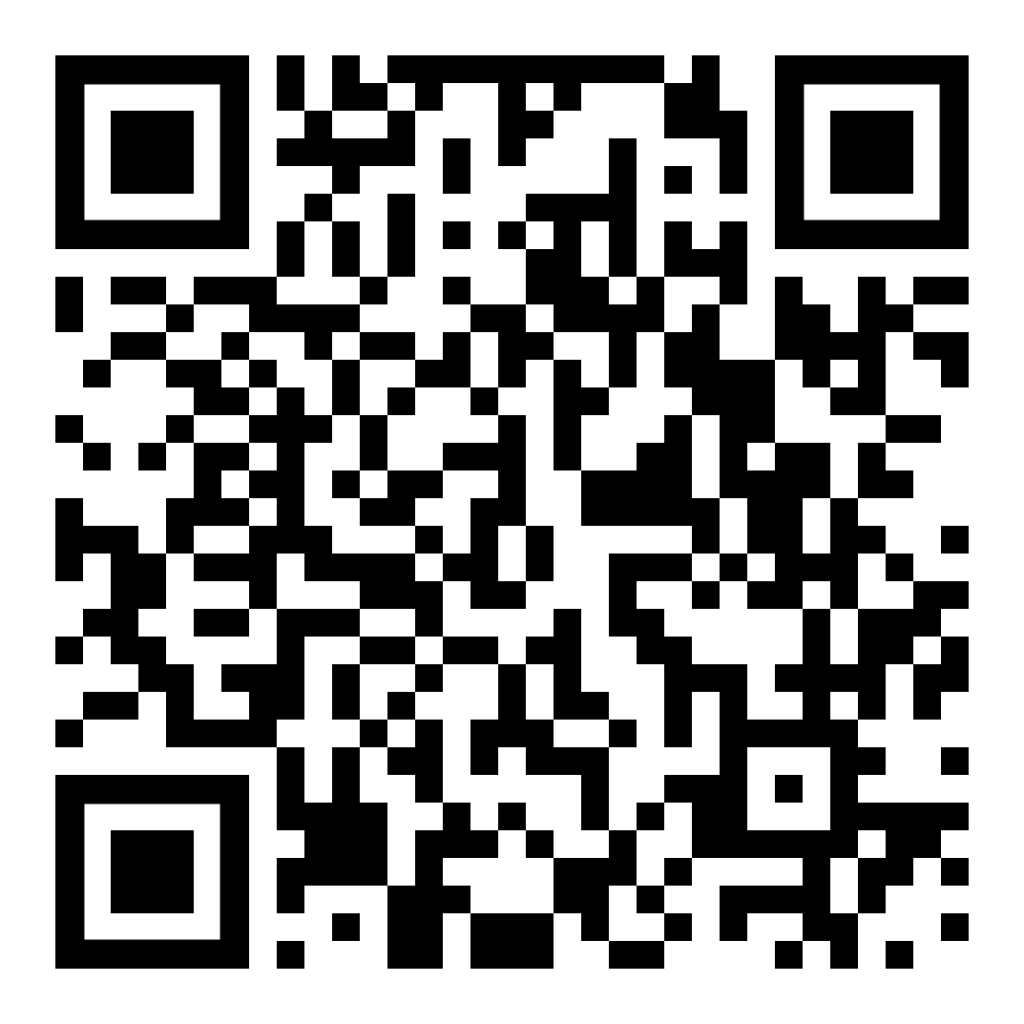
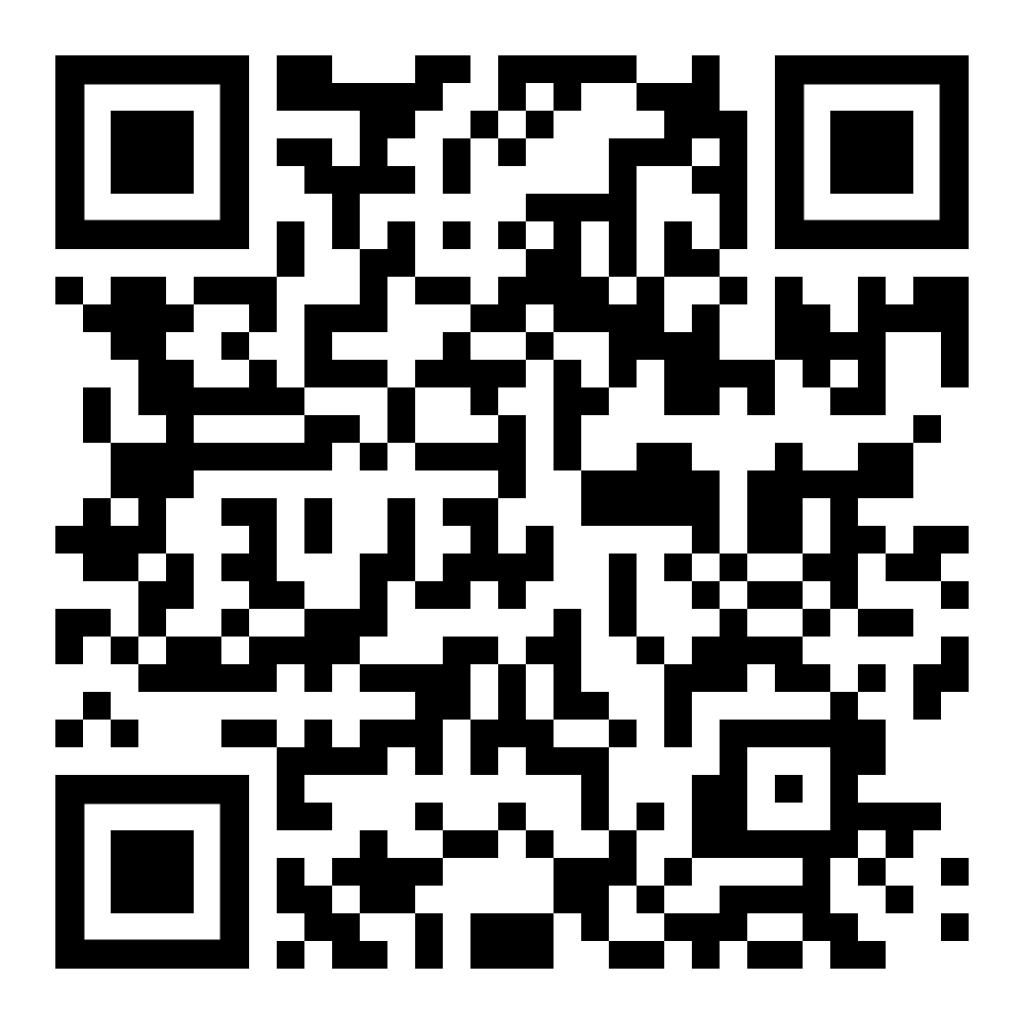
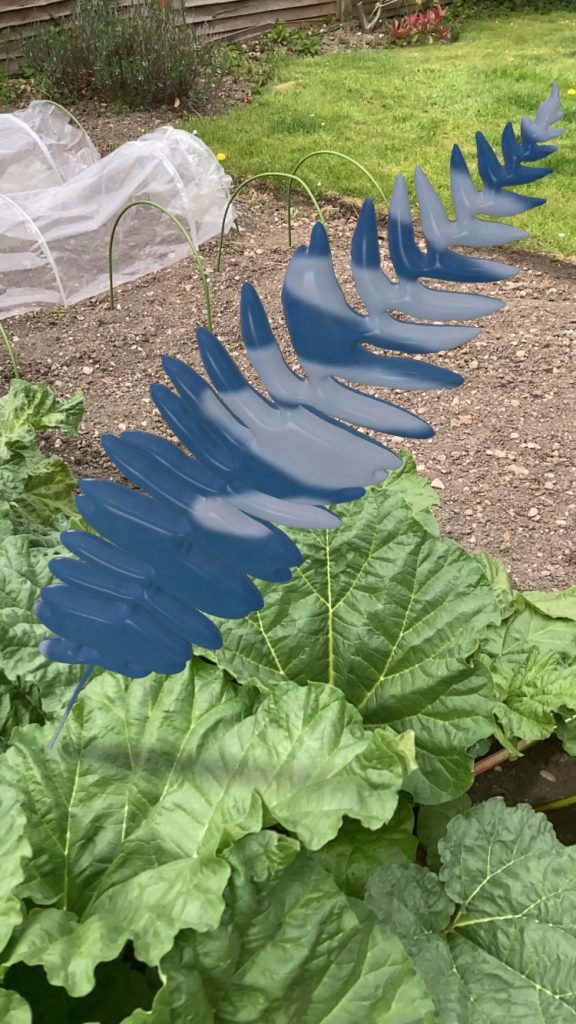
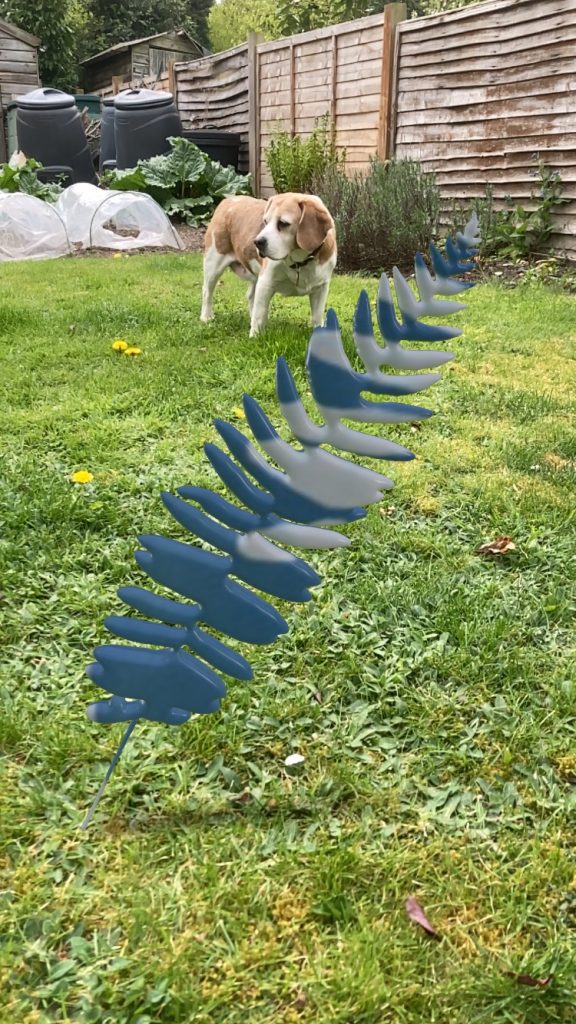
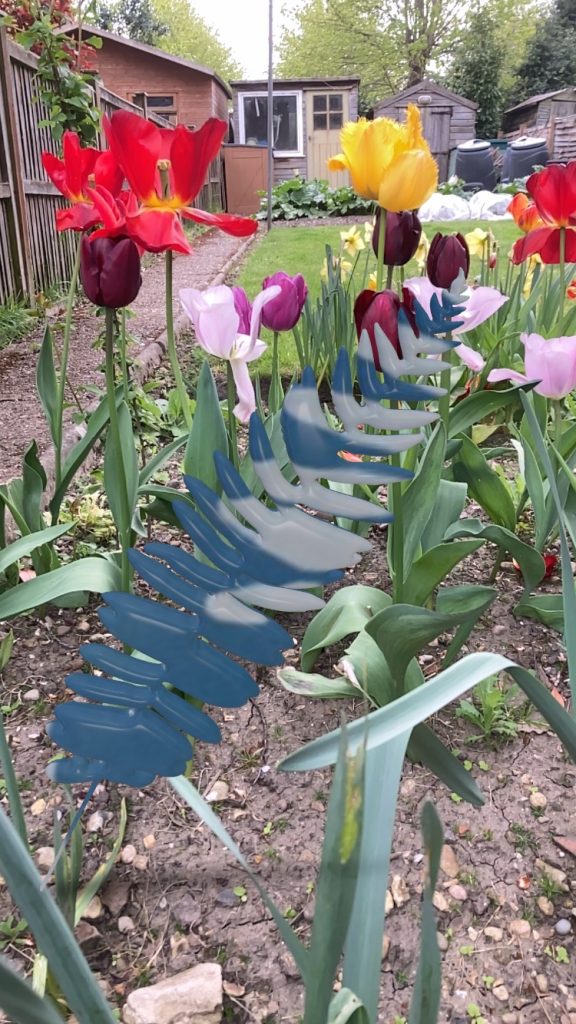
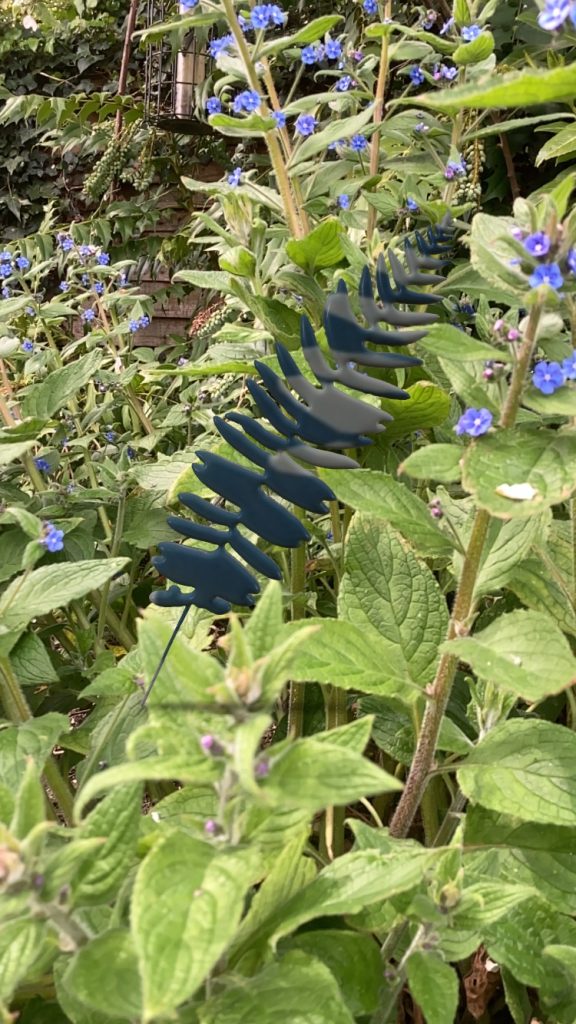
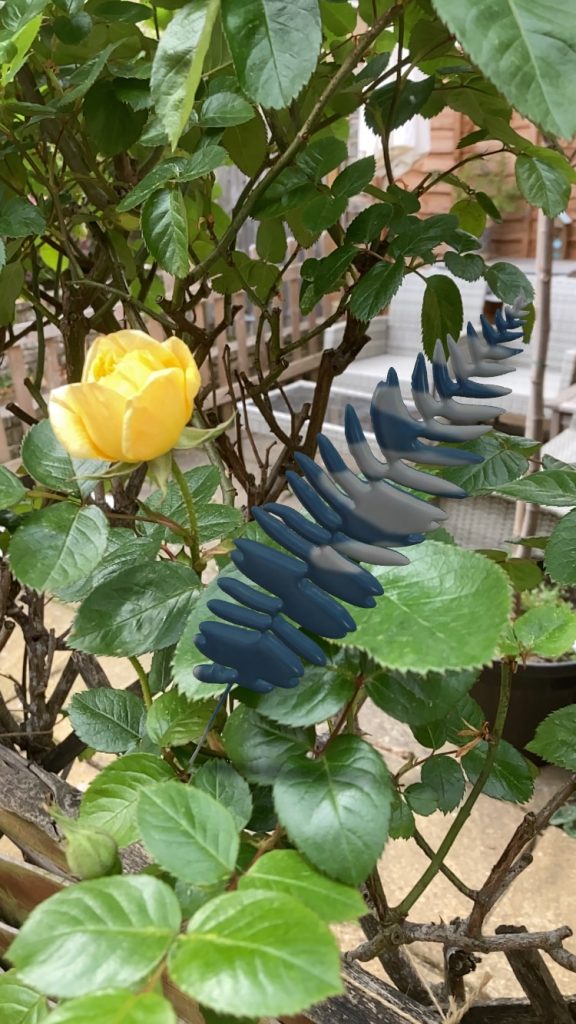
Scan the QR codes to open your Adobe Aero app to see further works.
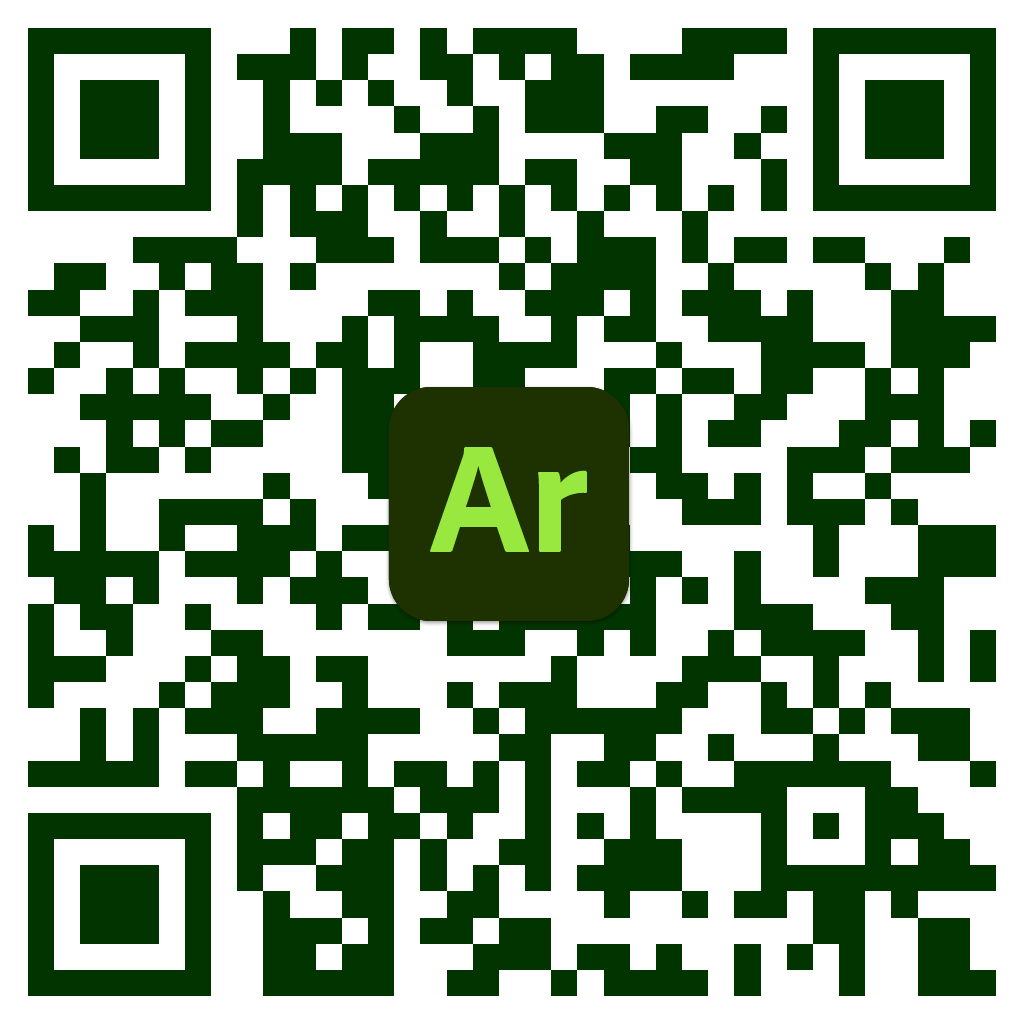
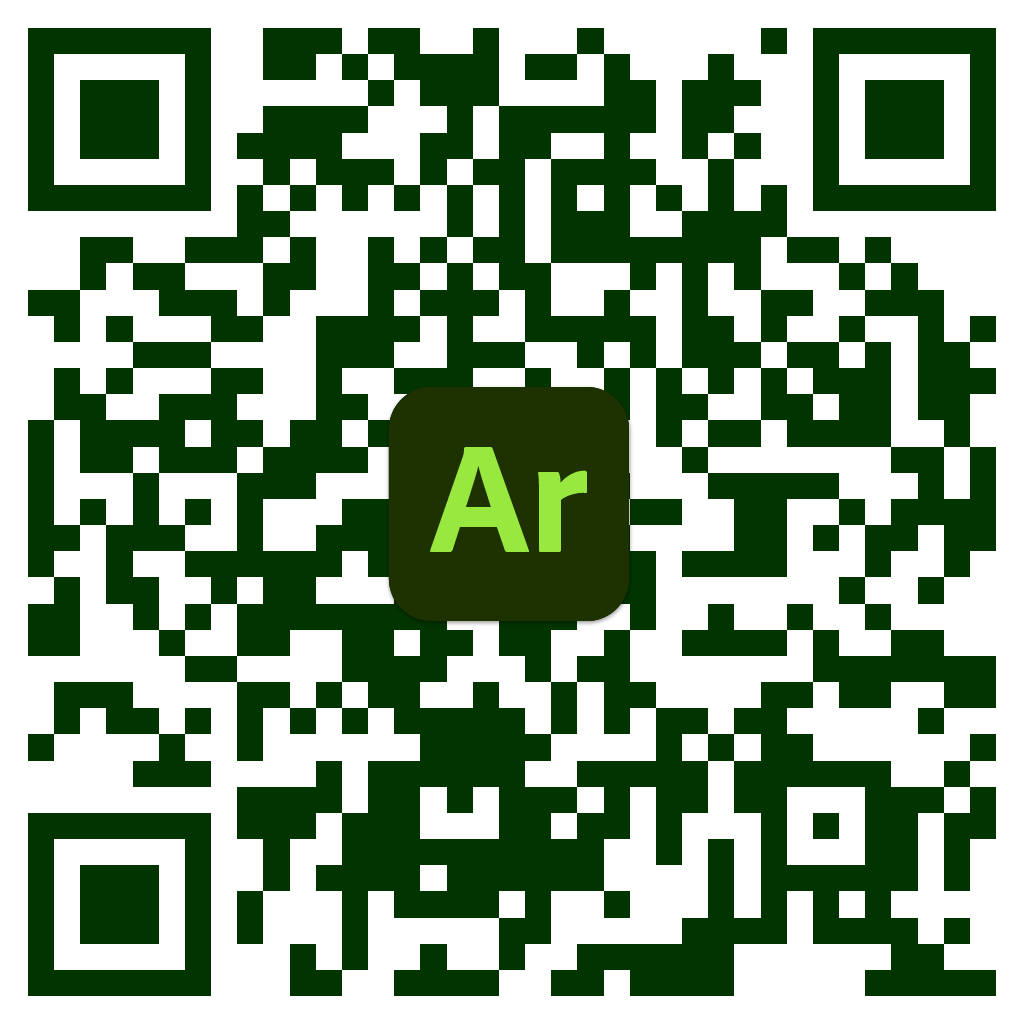
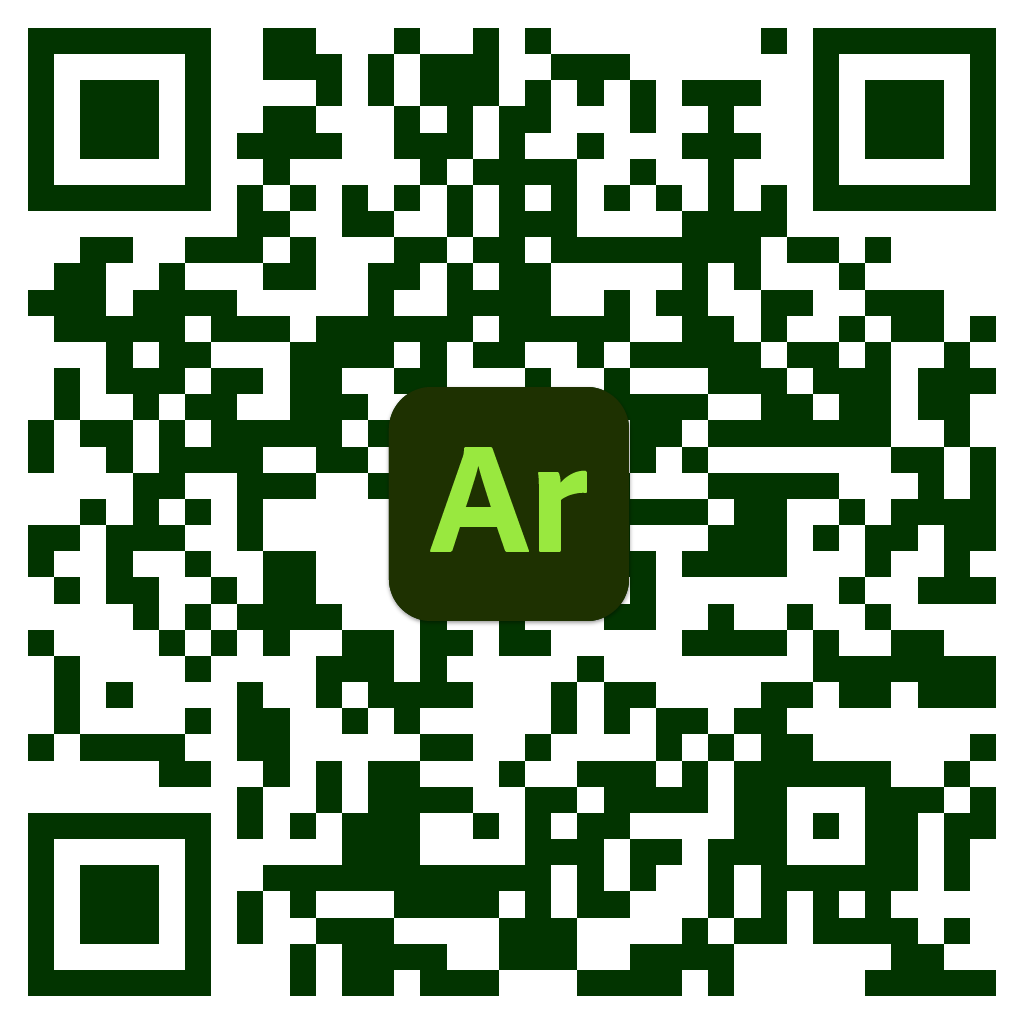
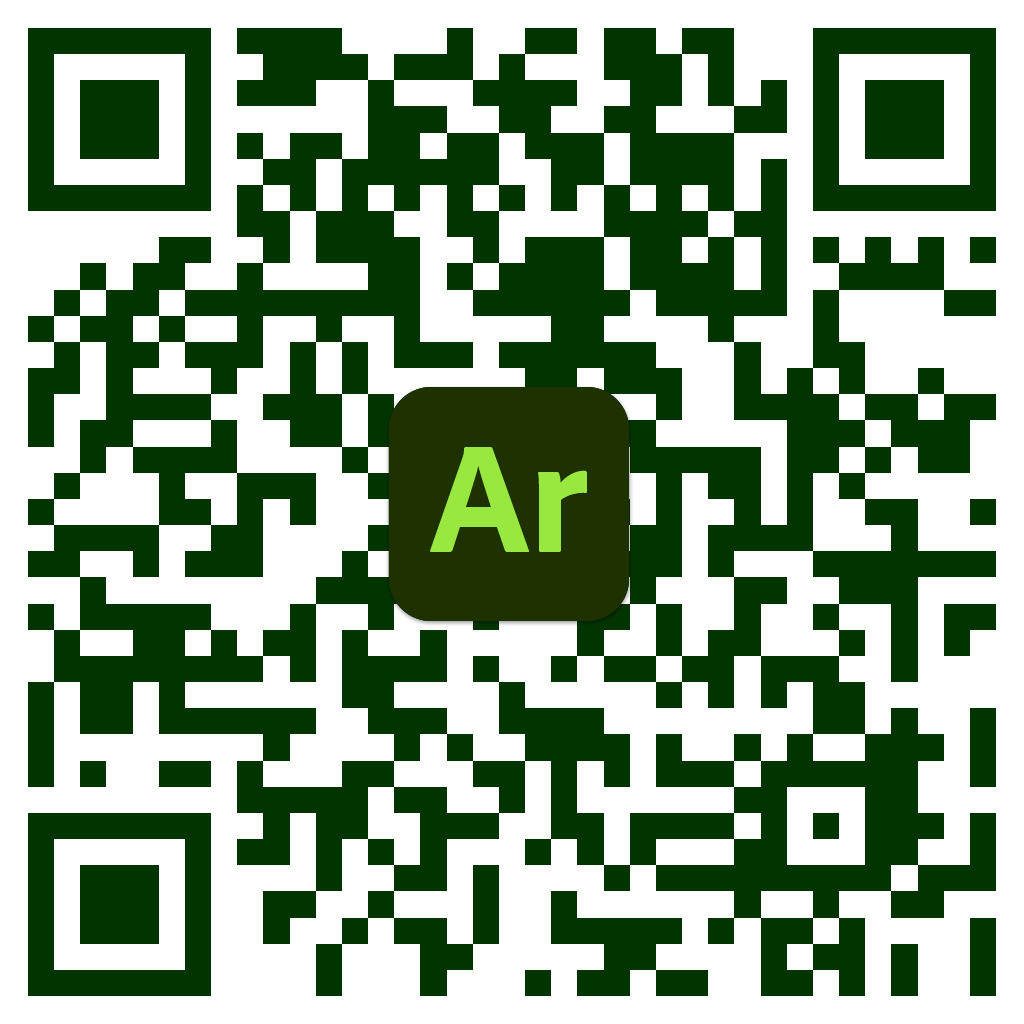
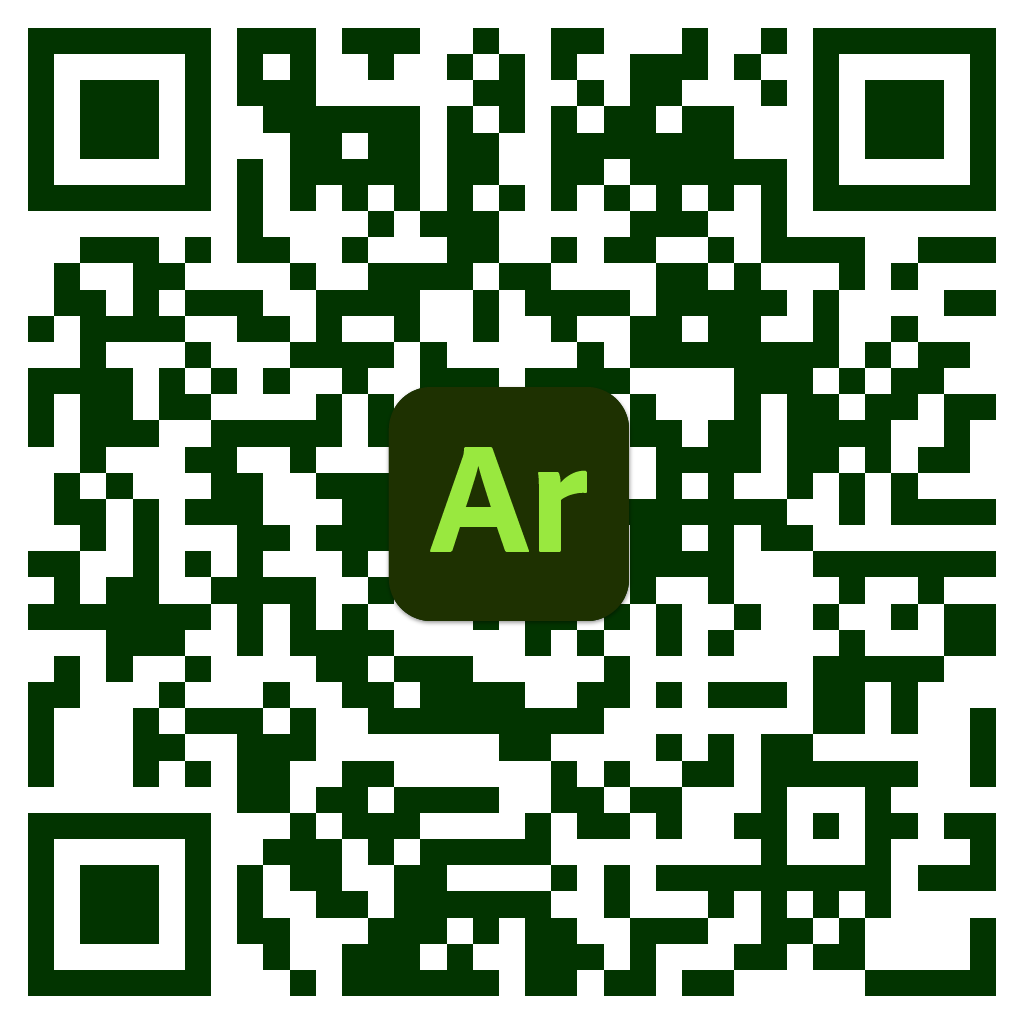
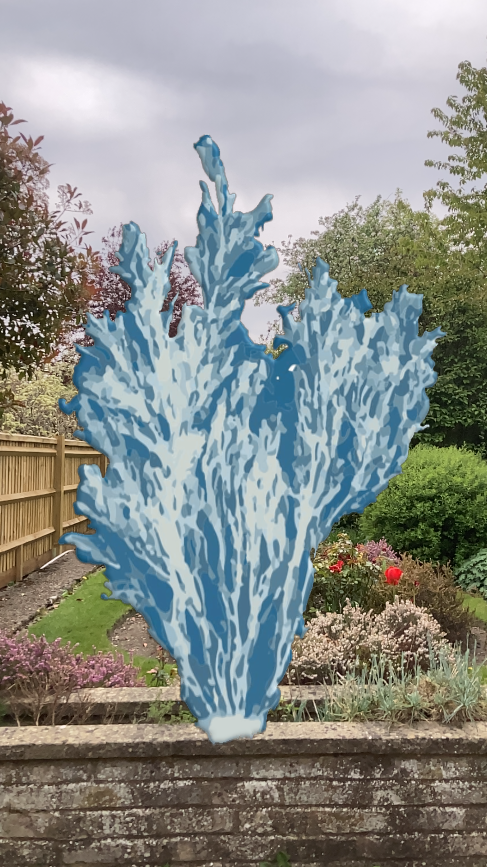
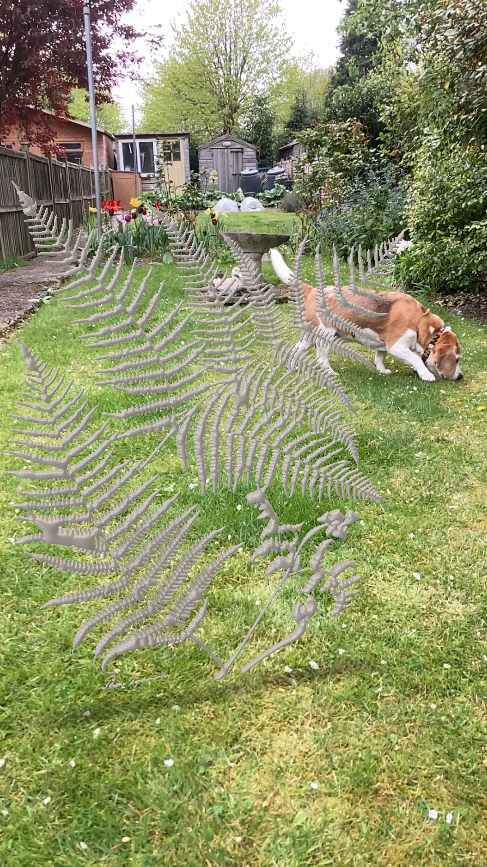
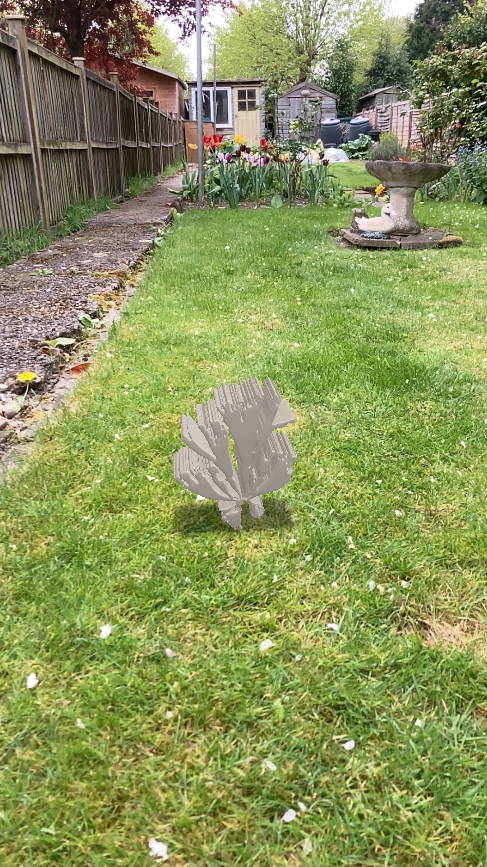
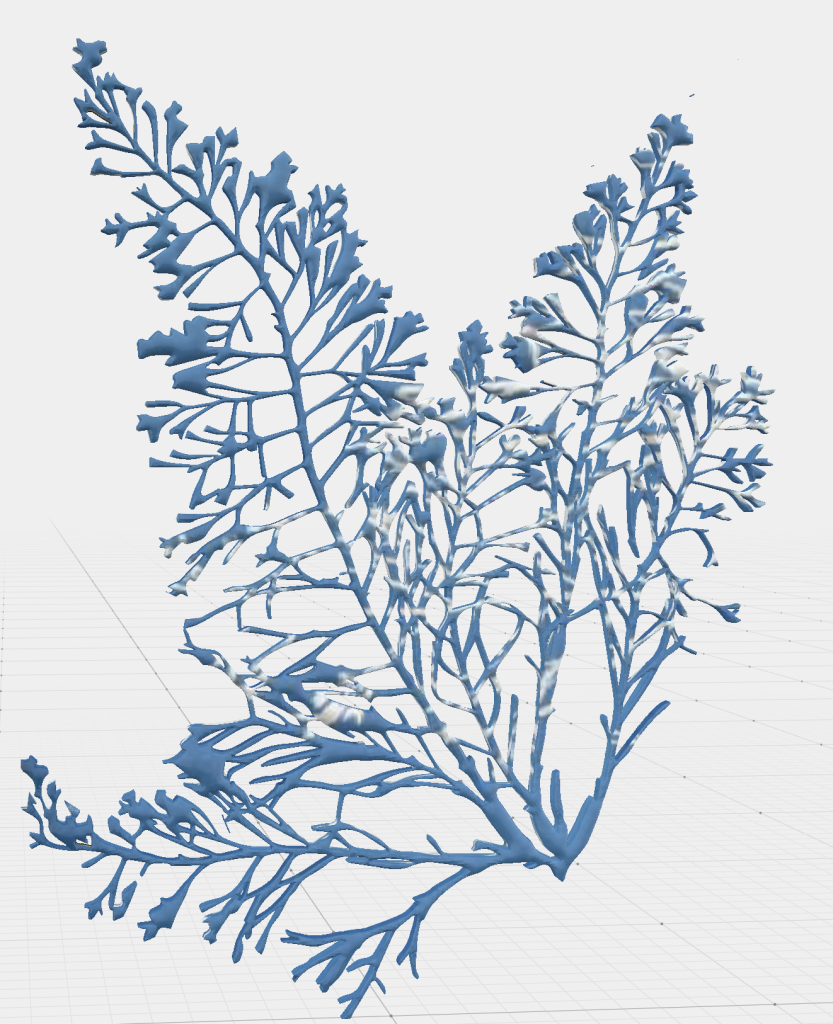
Portals are familiar tropes used as convenient plot devices in fantasy and science fiction stories. This convenience serves both the storyteller and audience by removing prolonged travel and any otherwise necessary scientific/technological/magical explanation.
The character enters a portal from our world and emerges into an unfamiliar one governed by different systems.
The moment of intense change between the two sets of existence is described as liminality. In sociology, liminality is defined as a civilizational shift. While in anthropology, it refers to undertaking a rite of passage. In architecture, it refers to anything from a doorway to an airport. In regards to the landscape, beaches serve as the liminal space between land and sea.
When used in science fiction, the portal is a device that develops themes that makes audiences consider the human condition through the juxtaposition of the old and the new normal. The use of portals emphasizes liminality as both a creative and destructive process. To enter the unknown, something must be confronted or sacrificed in the old self or the old world for the new self or the new world to come into being. Itself a symbolic abstraction that compresses and concentrates experience and meaning, the portal becomes a threshold of acute conflict.
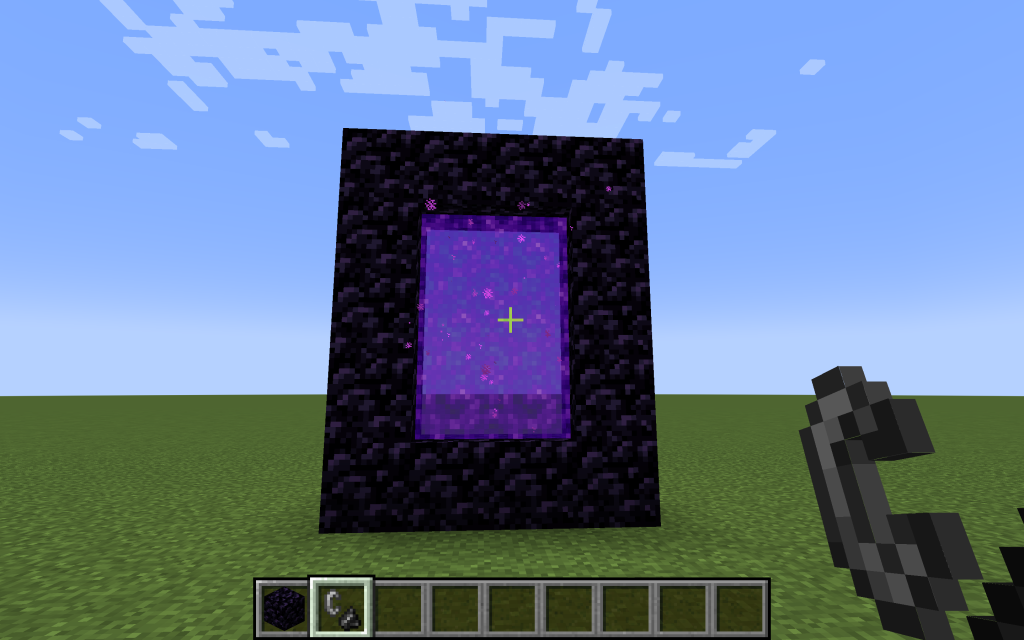
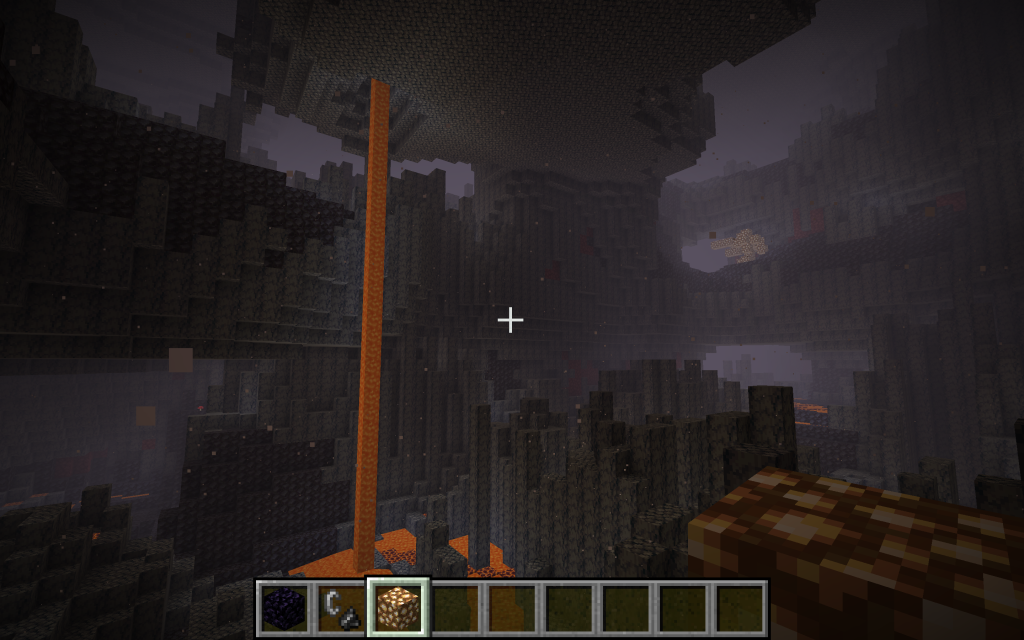
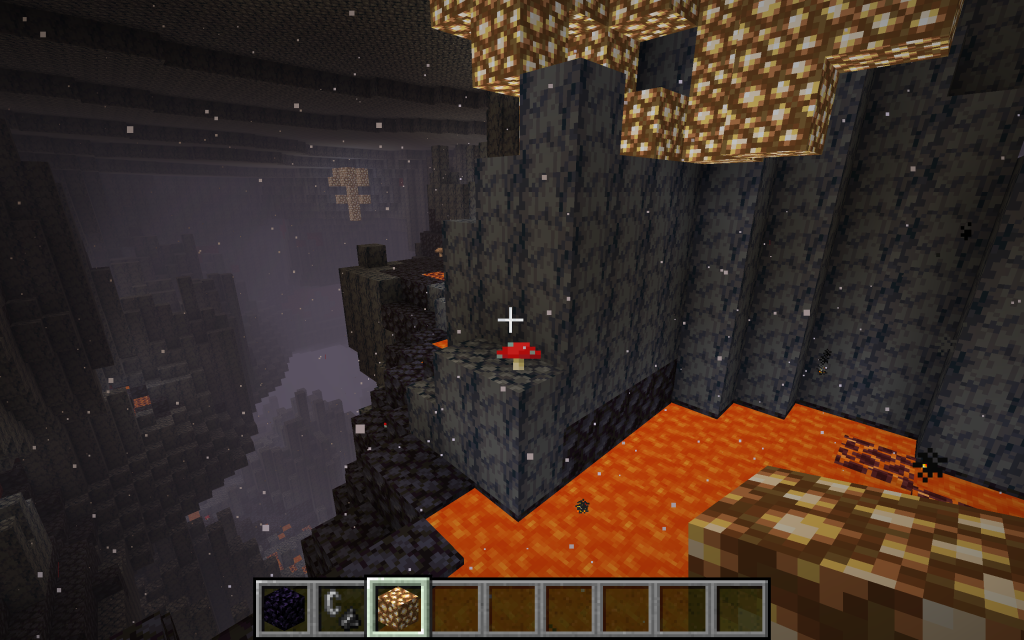
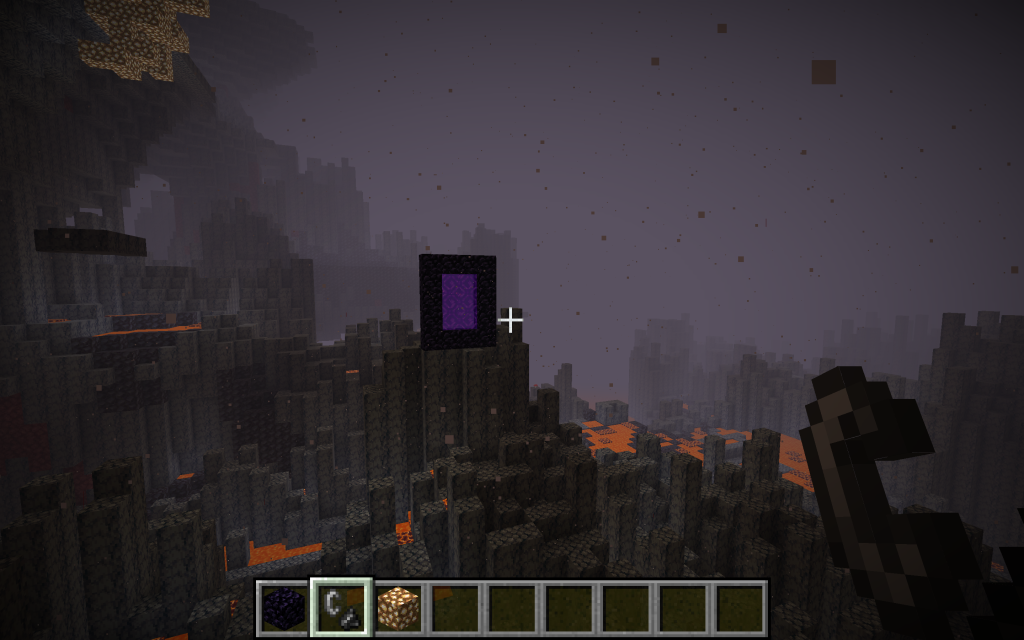
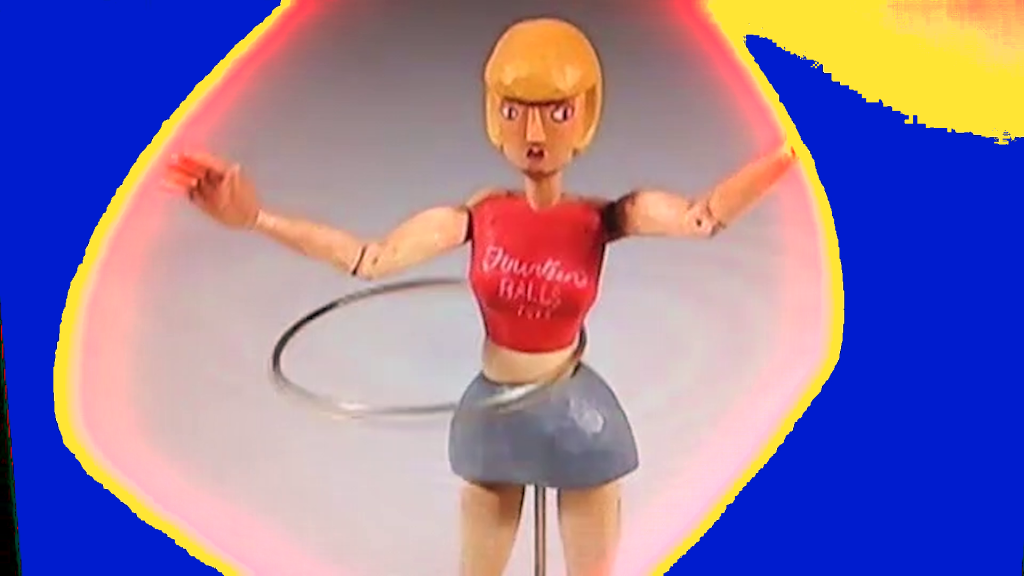
Jamie Wyld: Thanks for being part of the Vital Capacities residency programme! Can you say a little about yourself and your work, perhaps in relation to what you’re thinking about doing during the residency?
violet marchenkova: So I am a moving image artist, writer, and community organiser. I make short experimental first person films, some people say they are like visual poems of sorts. I haven’t been able to make a film since 2019, when I had a residency at ONCA Barge, so I’m really excited to reconnect with that part of me and see where and how my practice can develop.
My roots are in being an art historian and documentary practitioner – so I’m hyperaware of the money and power that make artworks in history what they are, and I’m very critical of how realism is signalled and how the truth is constructed. That’s just what goes on in my head most of the time.
I’m currently thinking about the theme “Environment” in terms of accessibility frameworks, experiences of isolation, domestic spaces used for feminist organising (and how we lost that during lockdowns), UK’s hostile environment policy, the designed environment of the house that I’m currently in but being evicted from.
Otherwise, I’m looking at some Wolfgang Tillmans’ artist books I got gifted, I’m reading “No Bad Parts” about internal family systems, I’ve just received my copy of Ф Письмо by isolarii with Russian feminist poetry (that I’m too scared to read because it’s too close to my heart), and I’m watching Queer Eye to sleep because apparently, I’m not okay unless a see a group hug every 5-10 minutes. That is what’s in my field of awareness at the moment.
JW: One of the aims of Vital Capacities is to create an accessible site (so more people can use it) – how do you think this will be an opportunity to develop your way of working?
vm: I love that website. It strikes me as this luscious garden patch, where all kinds of pieces – from voice notes and unfinished thoughts to complete videos – can sit together, cross-pollinate.
I never had a real artist studio! And my whole adult life I’ve been stuck between art institutions and DIY art scenes – between the institutionally validated ways of working and rebellious acts – which is not the worst place to be but it brought a lot of inconsistencies to my life that I used to not know how to hold.
For my creative practice to flourish, and even to simply exist, I’ve always felt like I needed to first organise spaces and structures where art like mine could be appreciated. I think that is what drove me to put so much energy into community organising with Devil’s Dyke Network. Art needs to be shared and when you can’t see any contexts or venues or projects that your work could unapologetically fit in (or those are too out of reach) – you start questioning yourself.
So yeah, seeing this virtual space already set up for me, that is so versatile and served so many different artists before me – I feel held! and ready to express and document ideas.
JW: What would you like to achieve through the residency? Is there a particular project you’ll be focusing on?
vm: Honestly, I just intend to be the most neuroqueer artist version of myself that I can be and stop apologising for it, for being different, for any of that.
In previous residencies, or while at uni, I’ve always struggled with my failing to “do things properly” or was insecure about my film practice, unaware how neuroqueerness draws me to new and unexpected paths that are equally as valid. There’s too much professionalisation of the artist that’s gone down in the past decades, and I don’t think I can perform that to any good outcome. And I think I’m at peace with that.
The thing is that many disabled artists are perpetually emerging, we are constantly stuck in being emerging artists because the consistency and progression that we expect in an artist’s career are jeopardised by barriers to access and the shortage of opportunities. Disability often directly relates to our capacity for labour so things like long periods of inability to work, and maybe just general ableism of the art world are major exclusionary forces. So, honestly, I’m just here to take this paid time, focus on my art and see what needs to be said.
JW: How do you see the next few weeks unfolding? Where would you like it to take you?
vm: My art practice never works out in a planned-out cause-and-effect way. I just love listening to Alexis Pauline Gumbs talk about receptivity and being a vessel, our practice being a portal. Whatever comes through us is a gift. No ego, no control, just receiving.
Usually, I just kind of sketch out ideas, listen to what asks to be made visible. Filmmaking is a space for me where I can speak in a language that is true to me, as opposed to the life of writing narratives on other people’s terms (disability assessments, funding applications, social media, stuff I write in my day job).
I’m looking forward to just sitting down to look at the footage I have accumulated (some important pieces from visiting Latvia and Scotland), playing around with editing, writing a bit more, maybe a new script.
Transcript:
[00:00:00] Jess: I’m Jess Starns and my creative practice is participatory collaborative and inclusive with a focus on disability, neurodiversity, or history. It is also multi-disciplinary with materials and approaches formed by the theme of the project. I have an interest in using digital technology creatively and finding new tools to create art.
I am neurodivergent and due to my dexterity, I’m always looking for new, innovative ways to create art that is accessible to me. A big part of my creative practice is finding accessible tools to collaborate with others, to create art. That doesn’t seem like you are creating art. I also have a background in working in museums with young people and with communities.
A few examples of work I have created before is Bungaroosh, projection mapping piece. Bungaroosh is a composite building material, mostly used in Brighton from the mid 18th to 19th centuries. And Bungaroosh is made of broken bricks, cobblestones, flint, pebbles, sand with chalk and set in hydraulic line. I projection mapped onto stones film and photographs of buildings made from Bungaroosh.
During the first two lockdowns, I organised virtual walks to break down the feeling of isolation whilst we were all social distancing. Using Google street view and Zoom I went on virtual walks with others. I asked the participants if they would like to share places that are important to them, they are missing or places they would like to visit.
The 23rd of July 2020 marked the 50th anniversary of the education of handicapped children’s act in 1970, the act marked for the first time or children of compulsory school age had a right to an education. I gathered audio recordings about people’s experiences of the education system to produce an audio piece telling these stories.
During my residency, I would like to explore the Sussex landscape.
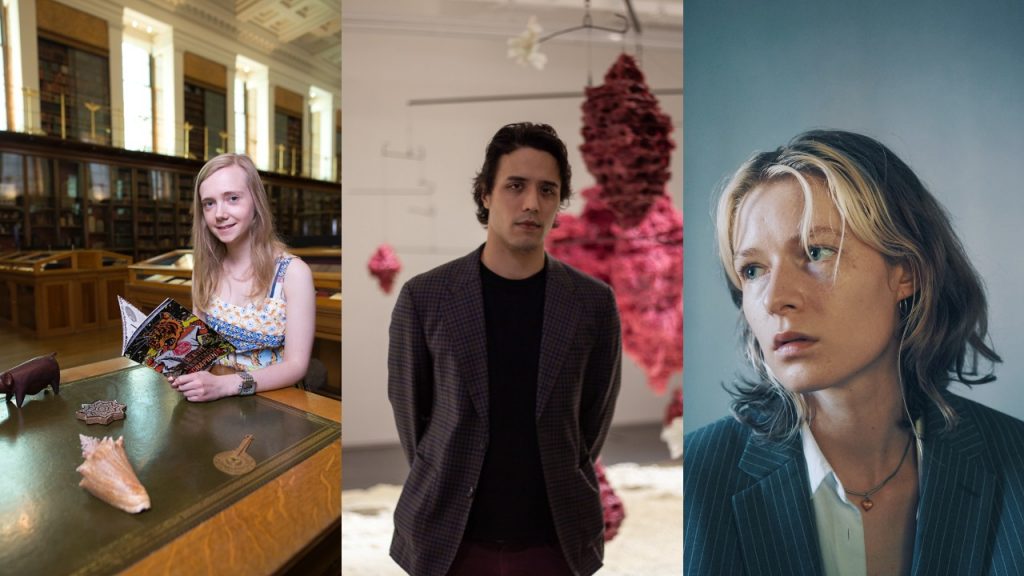
For the sixth Vital Capacities residency, we partner with Videotage (Hong Kong) to work with artists from both Hong Kong and the UK. From 1 April, artists Andrew Luk, Jess Starns and violet marchenkova will join Vital Capacities, to undertake research and develop new work. Working with our partners, they will explore and exchange new ideas using their studio spaces, and create new work throughout the residency.
Got to artists’ studios to find out more about them and see what they’re working on: Andrew Luk, violet marchenkova and Jess Starns.
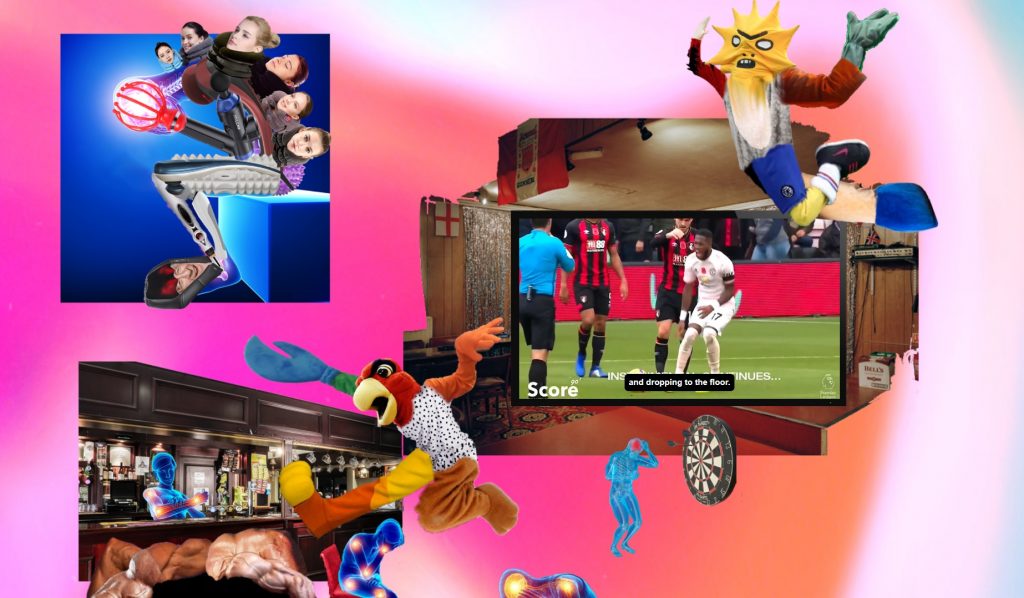
We are delivering a month-long online residency exchange in collaboration with Videotage in Hong Kong as part of videoclub and Videotage’s seventh Both Sides Now programme.
Residencies will take place on Vital Capacities and on Videotage’s Minecraft residency. Residencies will take place in February 2022. Deadline for submissions is: 12 January 2022. Work will be shown as part of Third Thursdays in March 2022.
To submit a simple expression of interest and to find out more click here.

Our latest exhibition includes new work by August’s resident artists Nadine Mckenzie, …kruse, Siphenathi Mayekiso and Rebekah Ubuntu. Each artist has produced work that resonates with the work they did throughout their residency, reflecting on memory, personal narratives, experience, and movement. See the exhibition from 30 September at 11am.
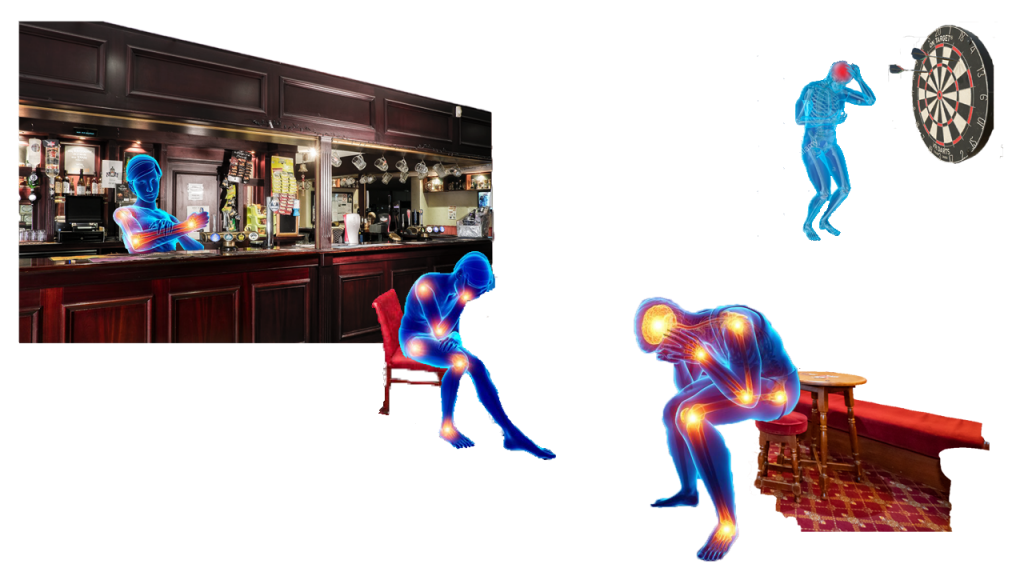
Laura Lulika is interviewed by Corridor8 about their recent virtual residency on Vital Capacities & their ‘Body Builder’ exhibition. Read the interview by clicking here.
It’s very interesting, going back and visiting old work. I tend to be consumed by new work, absorbed in my making and thinking. When my practice focused on drawing, drawing was all I wanted to do. For a while, a walk without a walking drawing was a wasted walk. My excitement and enthusiasm for the drawings gripped my mind totally.
So re-visiting the process of making walking drawings for this residency I expected to have that same consuming interest, and at first I definitely was excited and enjoyed seeing the work that was produced. Then as the days went on the work became frustrating. I felt stuck and I felt like I had gone backwards in some way. My focus has changed, my work is currently engaged with word crafting, I felt in some strange way that I was letting my practice down by attending to drawing, despite how much I love drawing as an art form. It was a very uncomfortable moment in this residency.
After wrestling with this problem and talking to artist friends I realised that I have definitely moved on from making drawings in the old style, with the drawing devices. But I haven’t finished making drawings per se, I realised that I have just changed the medium with which I make drawings.
I’ve written quite a lot during this residency and I was idly thinking about drawing, writing and the possibility of drawing with words. I wondered what the writing I have done for this residency would look like in a word cloud? I was thinking that perhaps I have used particular words very often and maybe looking at those words would inspire me to create something interesting for my final exhibition piece.
So I pasted my posts into some word cloud software. There were some interesting results, so I decided to copy and paste the words into Google docs and play around with them, trying to find some way of drawing with words. Surprisingly, when I pasted the word cloud words into the document I discovered that many of the words had somehow been stuck together, forming new and rather wonderful words. For instance, fungi and old became fungiold, way and road became wayroad, breath and raven, breathraven.
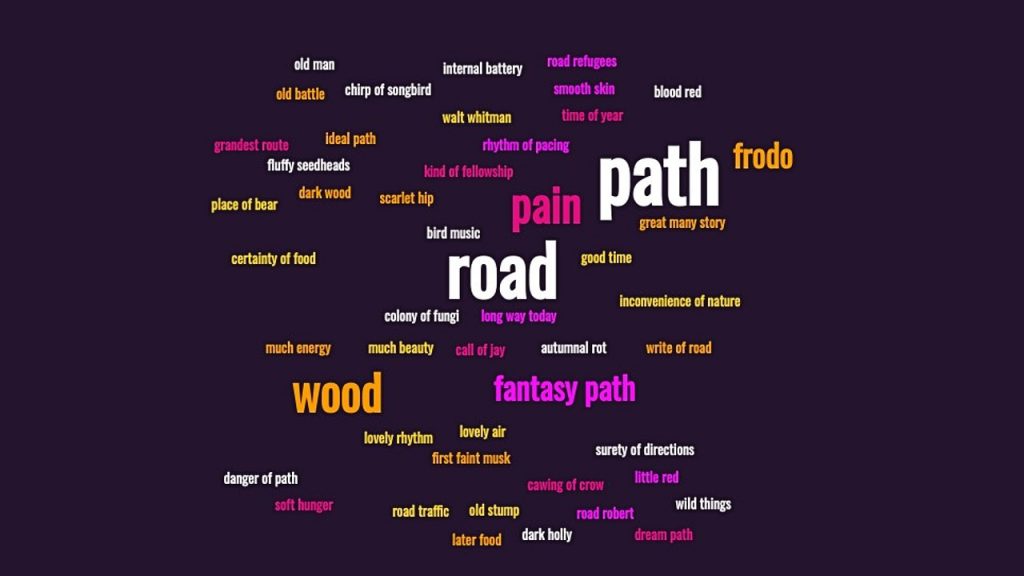
Reader, my brain exploded. Okay, not literally, but I was so excited to see these wonderful, randomly created new words. The process felt simillar to how I used to make drawings, in that I would set up an experiment which had an element of the unexpected and/or random process and then metaphorically step back and allow the outcome to generate itself. In drawing, that is effected when I design a device for making a drawing based on some input not deliberately controlled by my hand, as when the pen in the device moves because I am walking.
Using the word cloud felt similar. I wrote the initial words and input them into the word cloud, therefore setting up the conditions for something to happen, yet it was the way the word cloud software handled the text and the Google software handled the copy and paste process that determined the outcome of the combined words.
These combined words placed together in an arbitrary collection are word drawings, maybe even a poem. But I am the mother of a poet and I have enormous respect and awe for a poet’s effort and creativity in combining words and meaning and I feel that to call what I have created poetry is incorrect, even audacious. They are word drawings; odd, sometimes beautiful, nonsense in which we may nonetheless see meaning.
Just as I make the decision what type of pen or what colour ink to use in a walking drawing, therefore having some aesthetic control over the final drawings, so I took some control over the placement of words in my word drawings. Mostly, I left them as they were arranged by the word cloud software, but in some cases I moved them around and I sometimes inserted words, such as go, and or where to break up the list and improve the rhythm or flow of the piece.
Finally, I used some Open Source software called Twine to gather all the words into an interactive word drawing. Readers determine what text will be displayed on screen by clicking on the highlighted words, therefore having a different experience with each reading, depending on which words are selected.
I’m very happy with this result! I never could have imagined getting to here from where I began on this residency, back at the beginning of August. What is really exciting for me is that this feels like the start of a new way of working, a new stream to my practice, which is always evolving anyway. It was so good to pass through that uncomfortable place, revisiting the walking drawings, to come to this. Sometimes, being an artist is like walking along a path, one with switchbacks and branchlines and where the path ahead is often completely obscured by the trees.
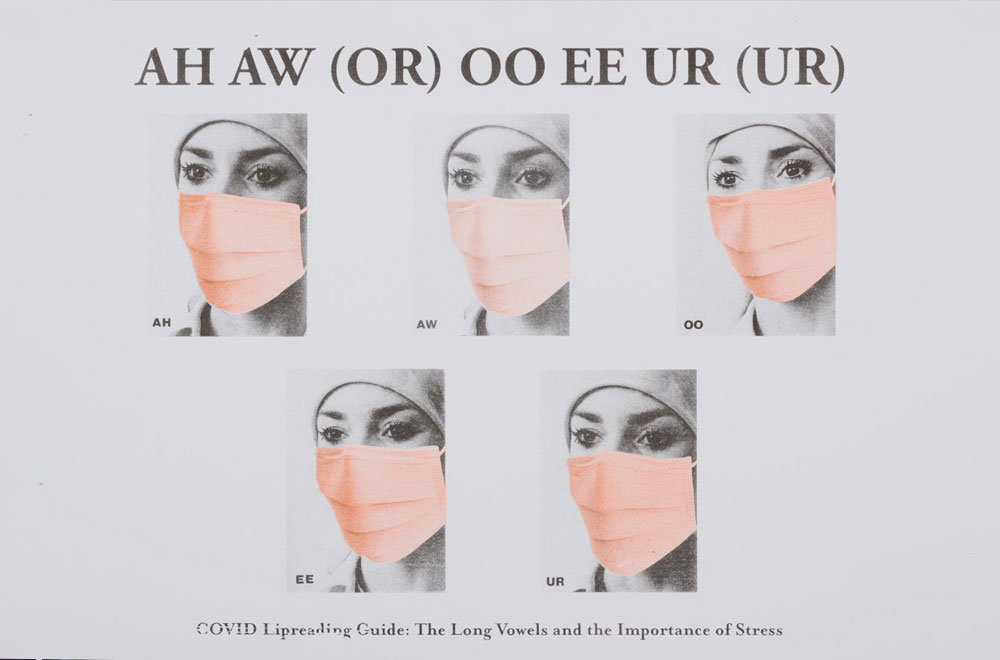
An article written for Arts Professional by videoclub & Vital Capacities’ director, Jamie Wyld on art, accessibility and digital inclusion. The article can be read on Arts Professional by clicking here.
Okay, they are not exactly failures, in fact they are very lovely drawings I think. These are some of the walking drawings I have made over the last couple of weeks. Most are black ink on paper but three are on clear acetate and one is on a dried green leaf.
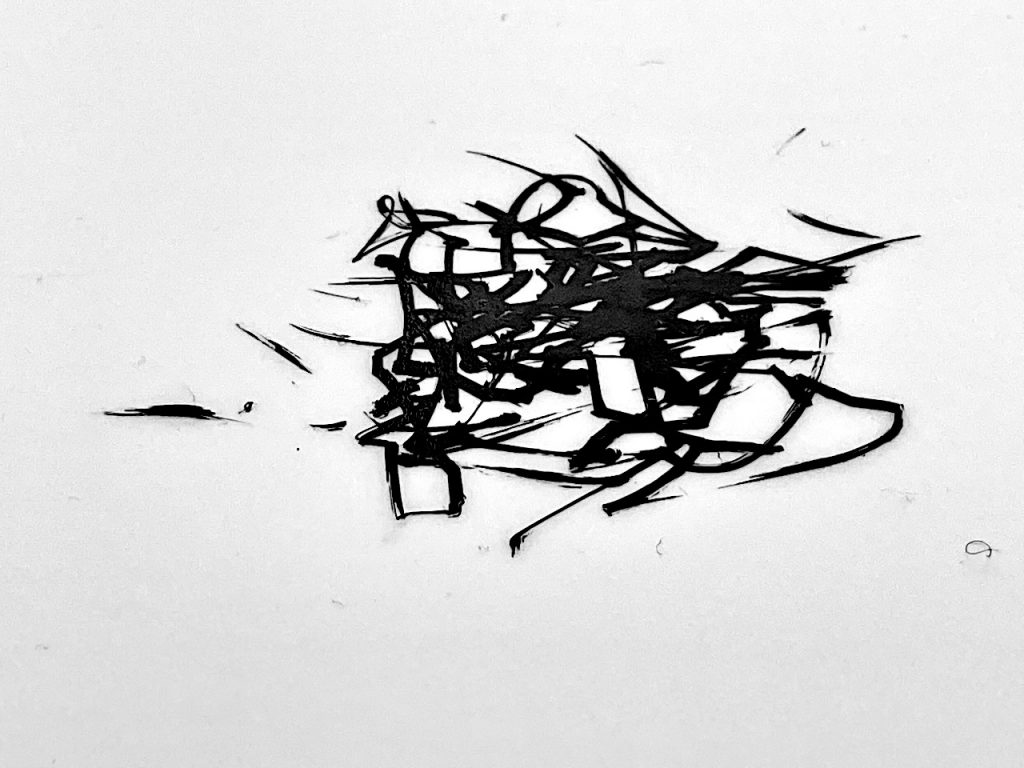
These drawings have all been created using a very simple drawing device I made using wire, cardboard and a copper spring. I suspend a ink pen from the copper spring and take the whole contraption for a walk, the pen drawing as I move.
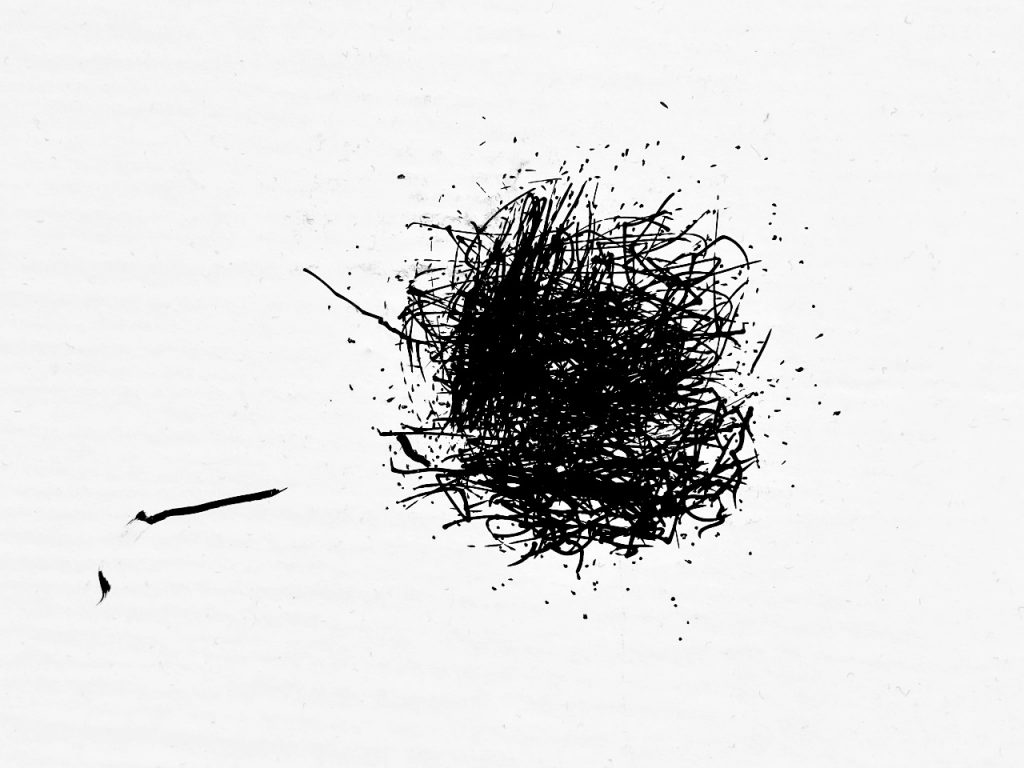
I’ve been attempting to film the process, with varying results. I bought myself an iPad, hoping for better film results, but it’s new technology for me and is currently proving quite frustrating, not least in the weird placement of the iPad camera to the far right of the device, which is really awkward in the drawing device. I might go back to my simple, but trusty mobile phone!
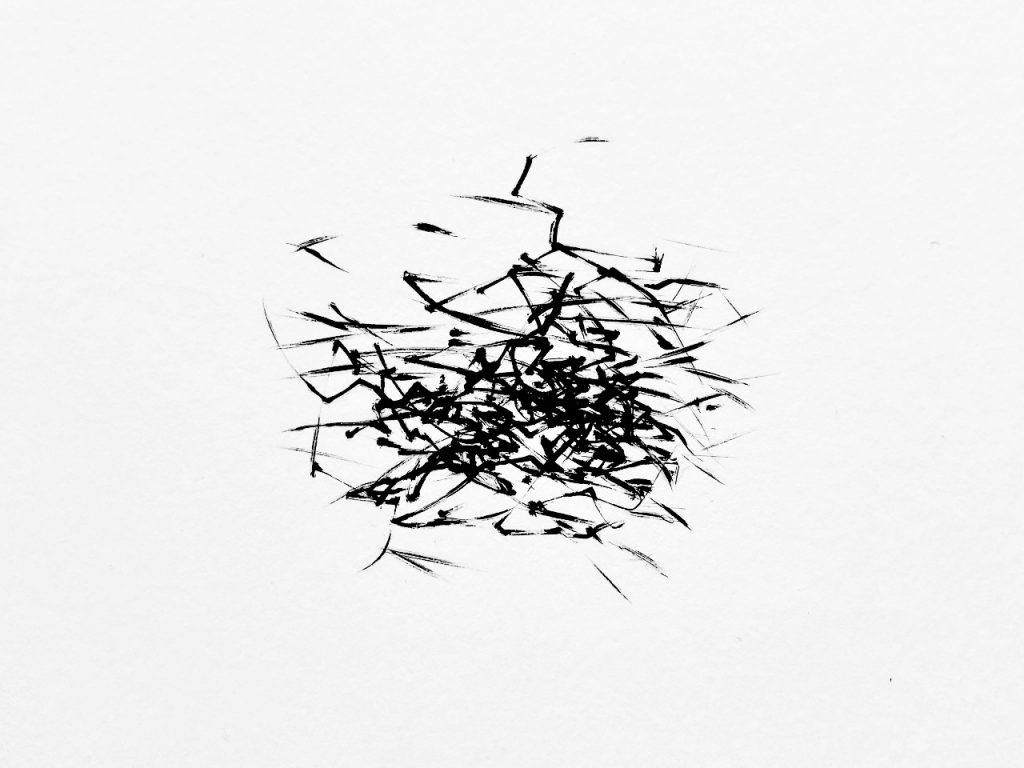
So back to the drawing board (or drawing device I should say)…
